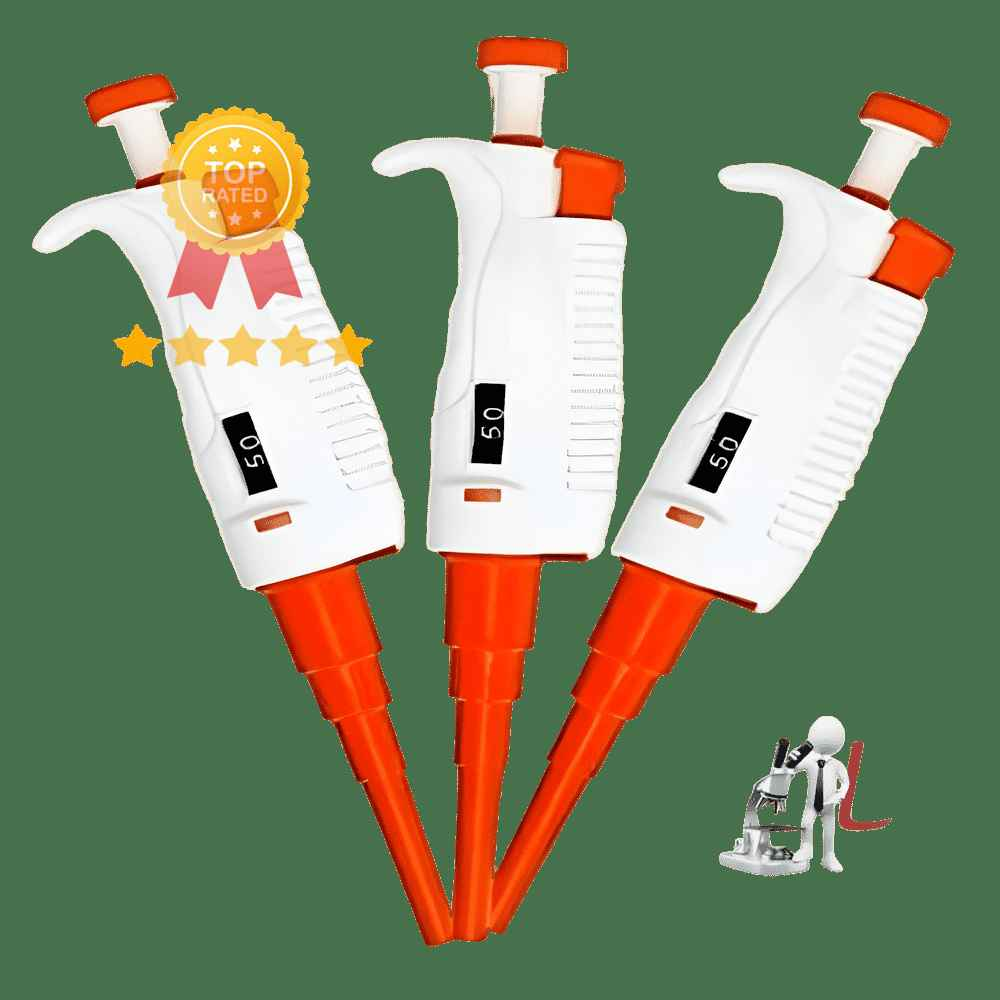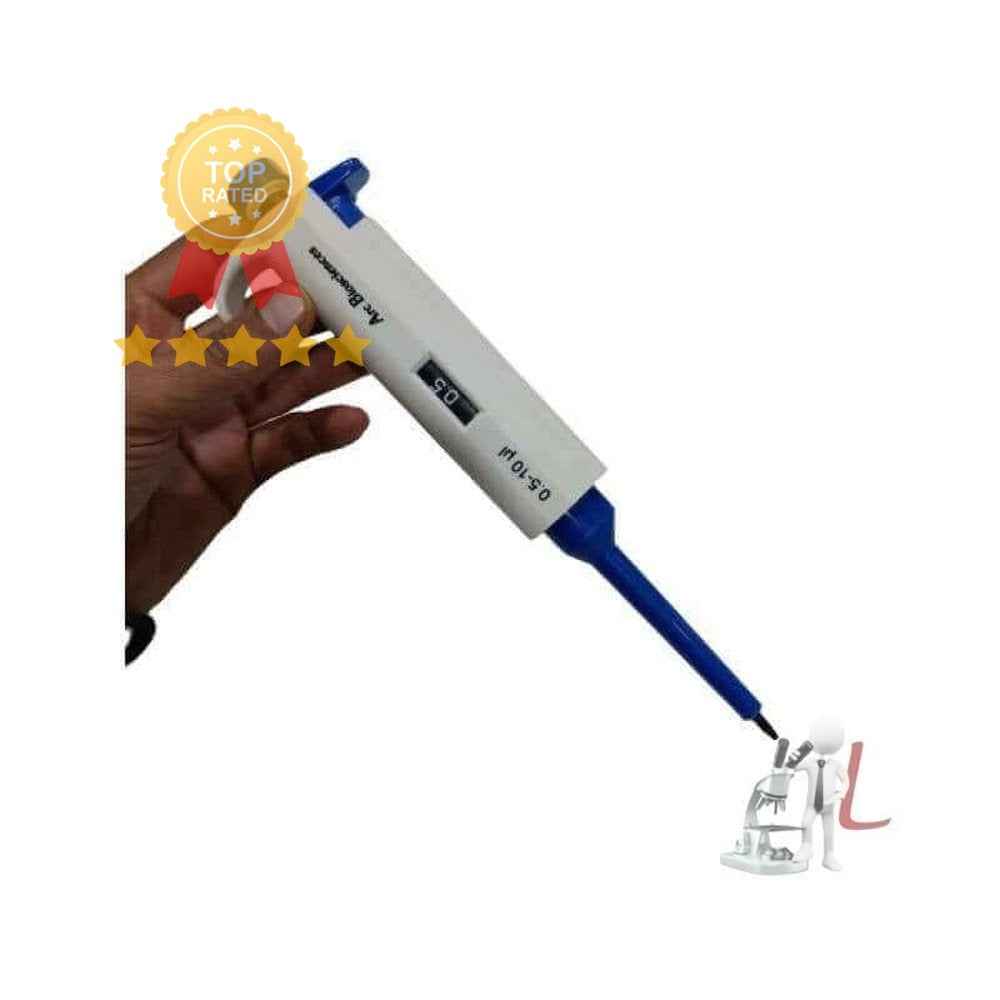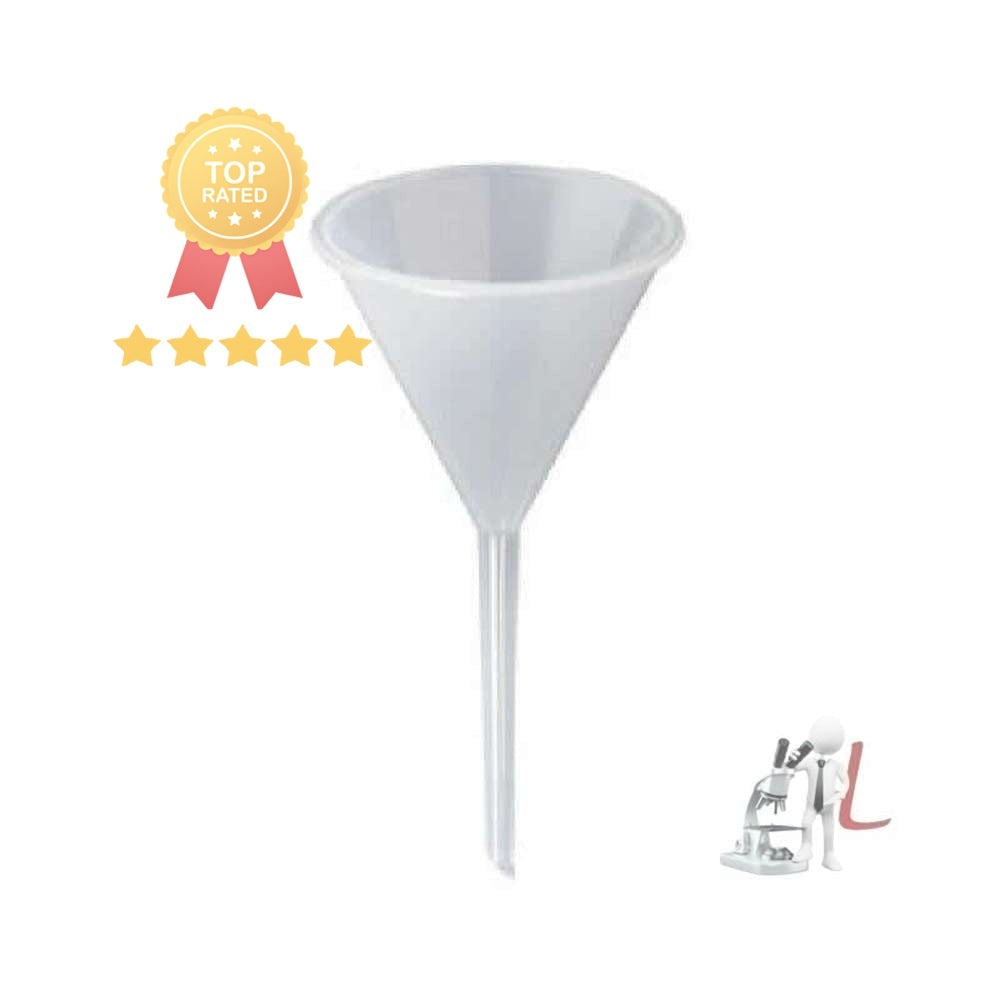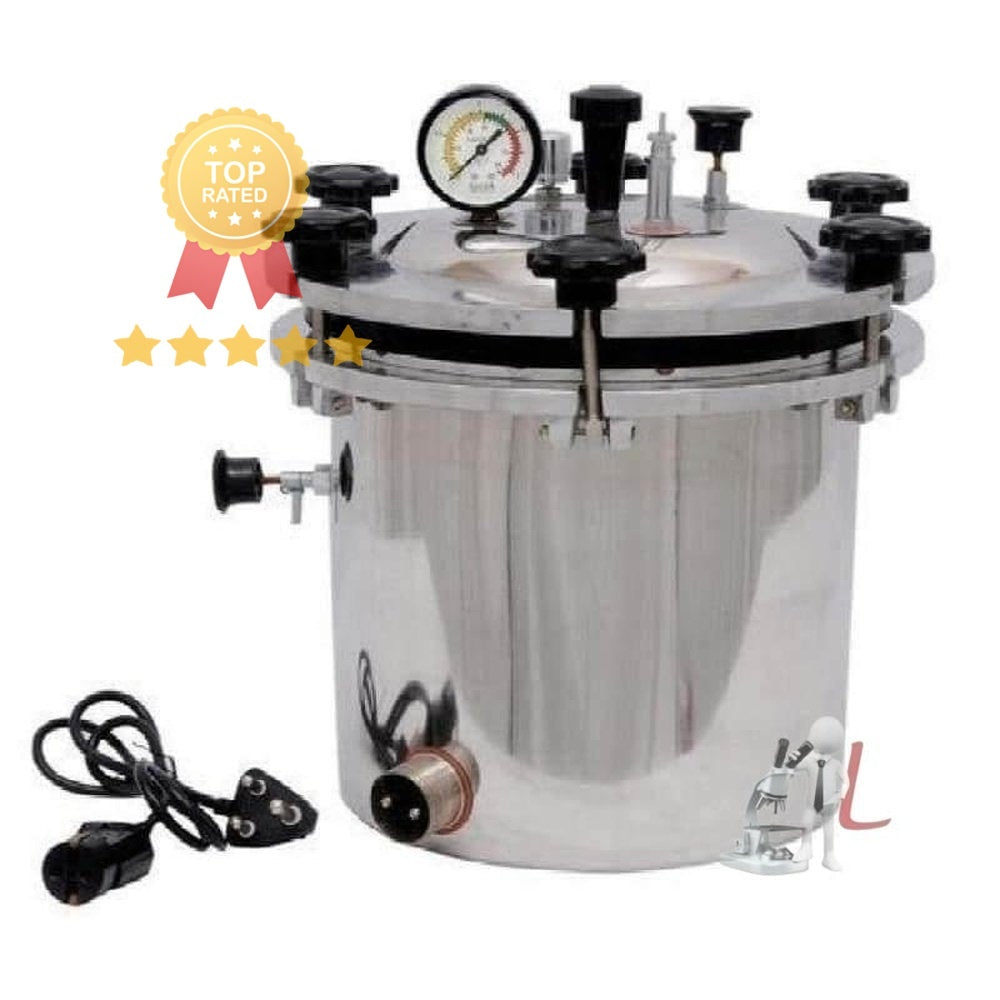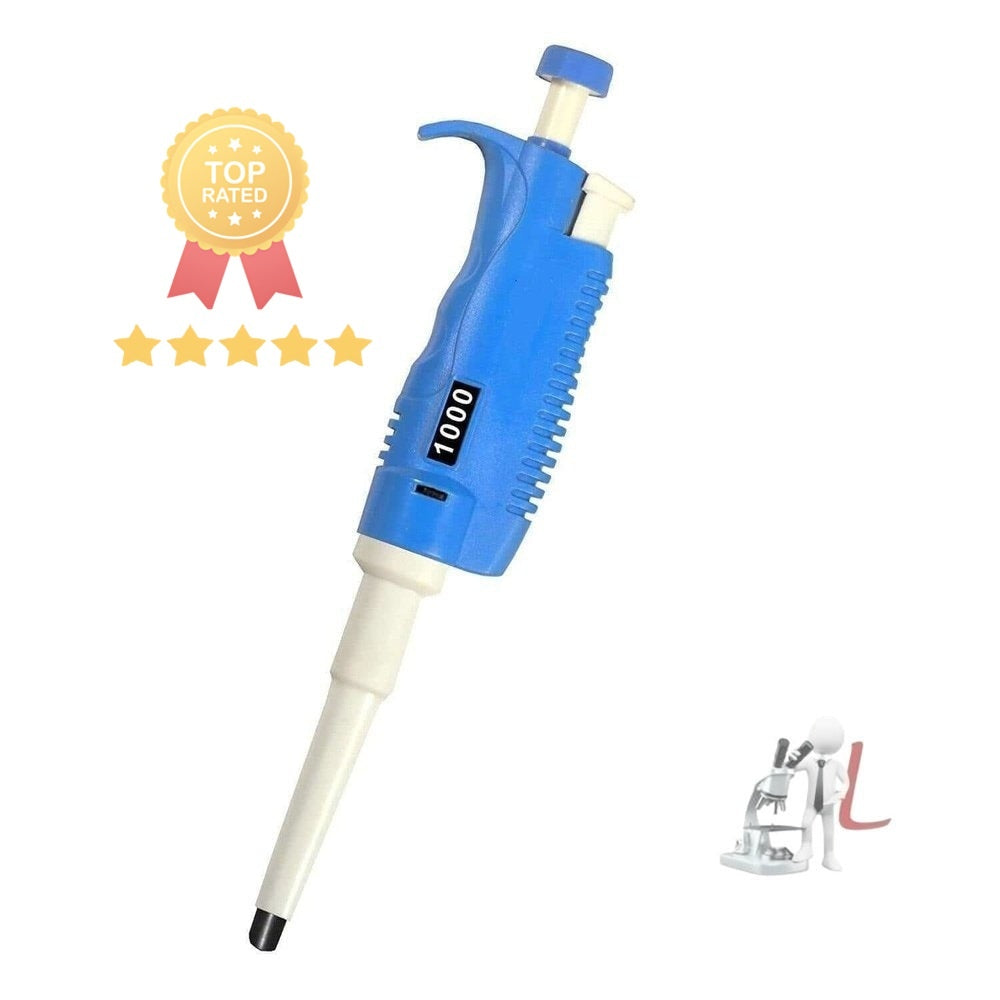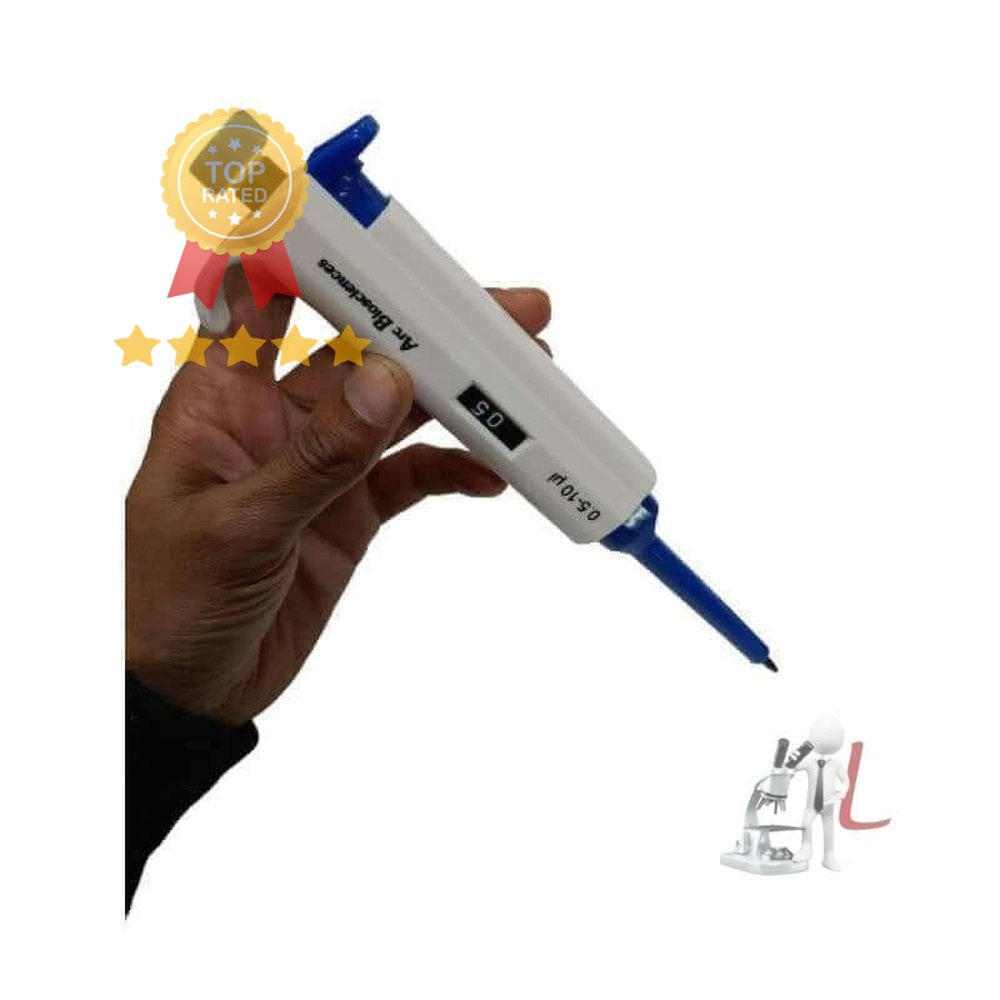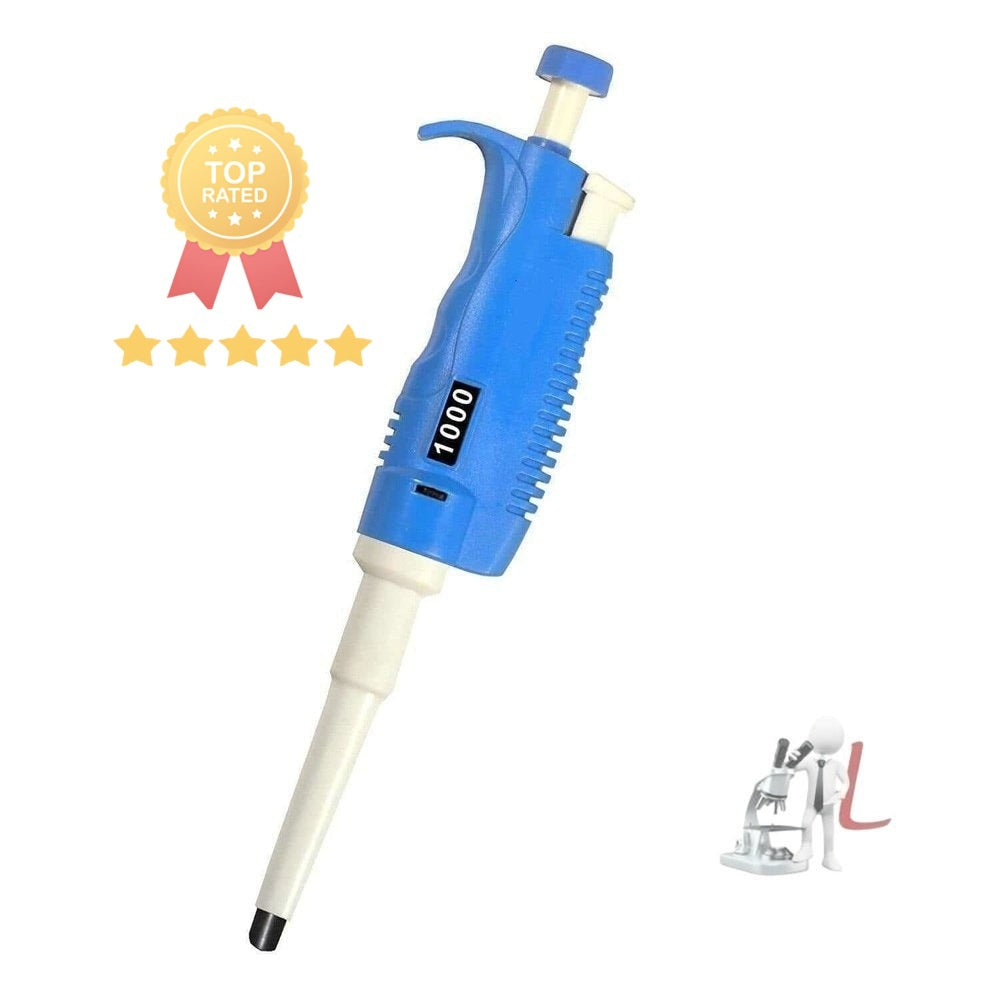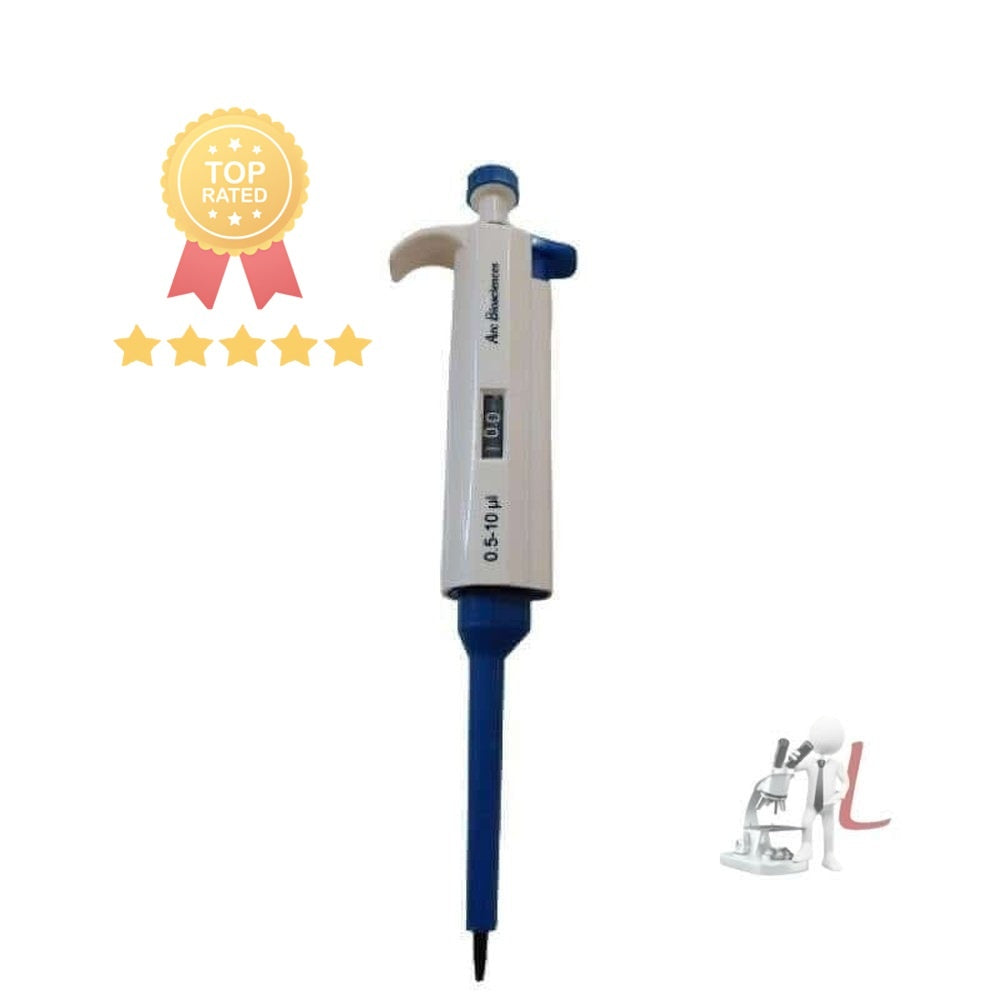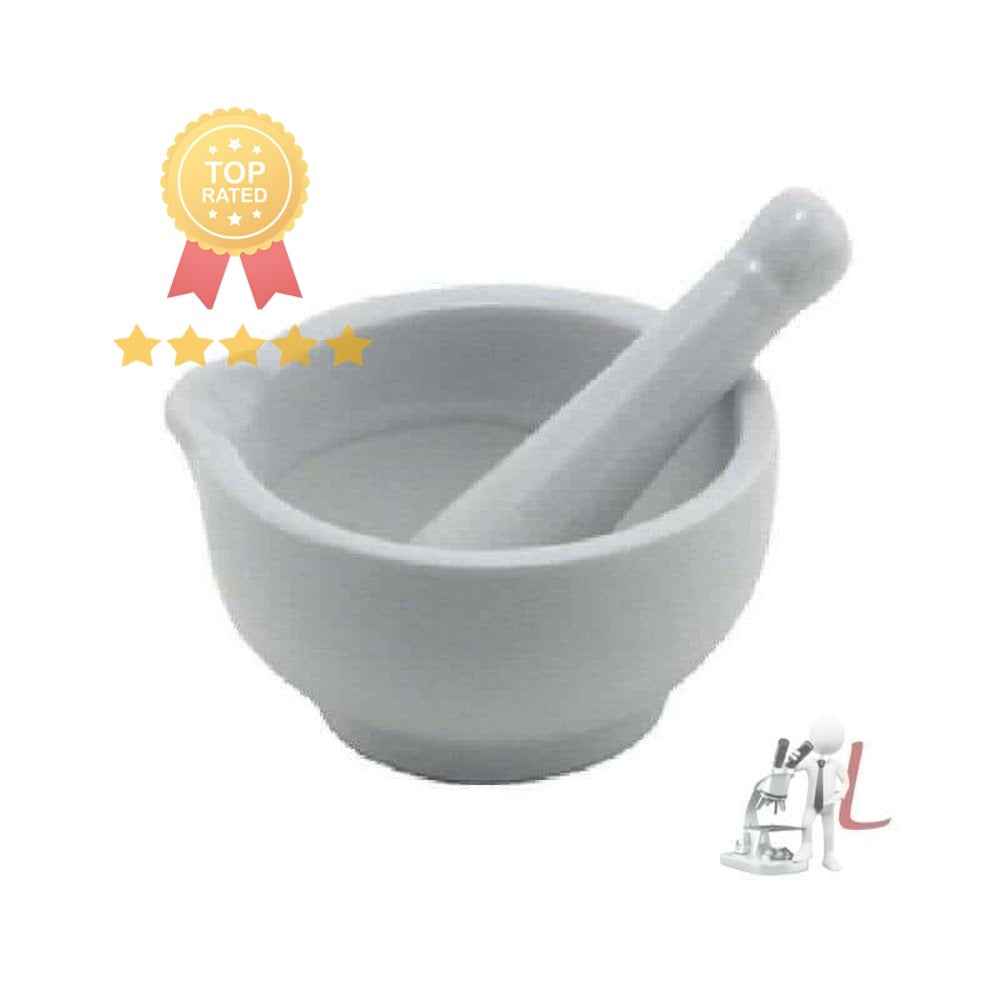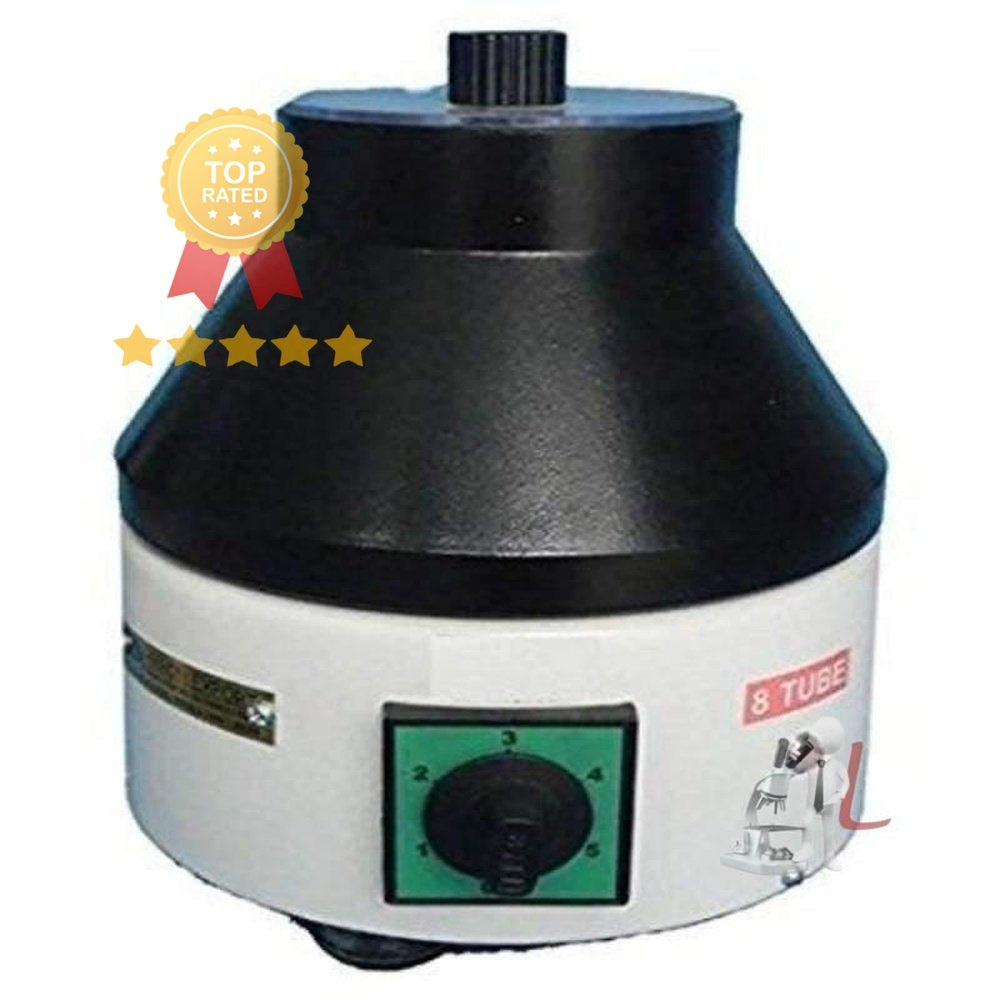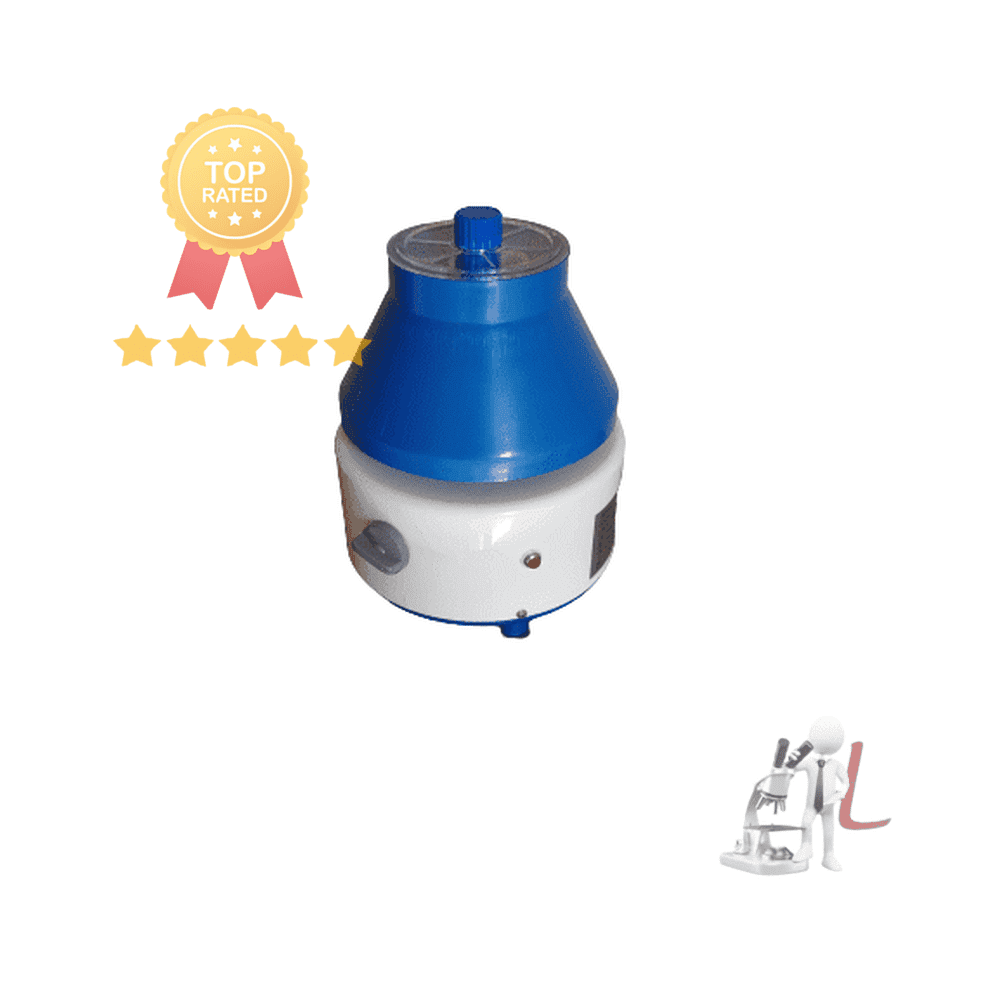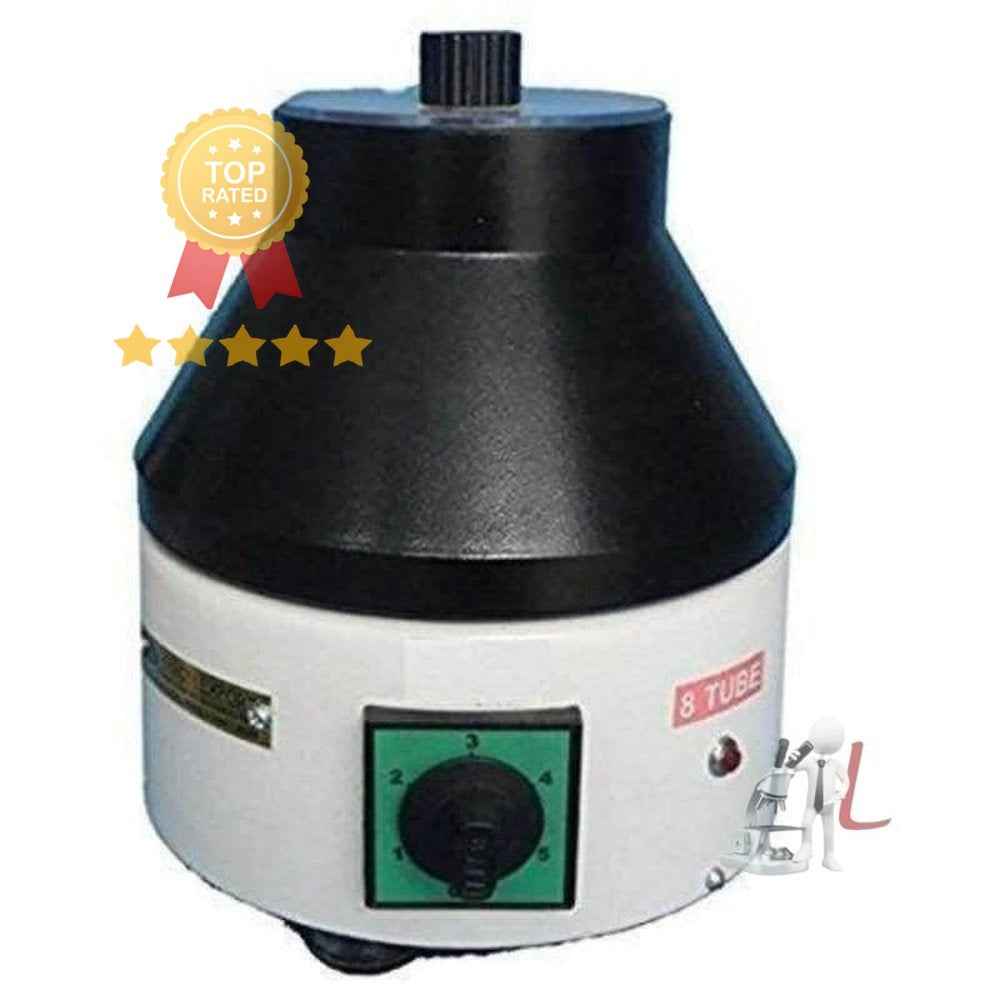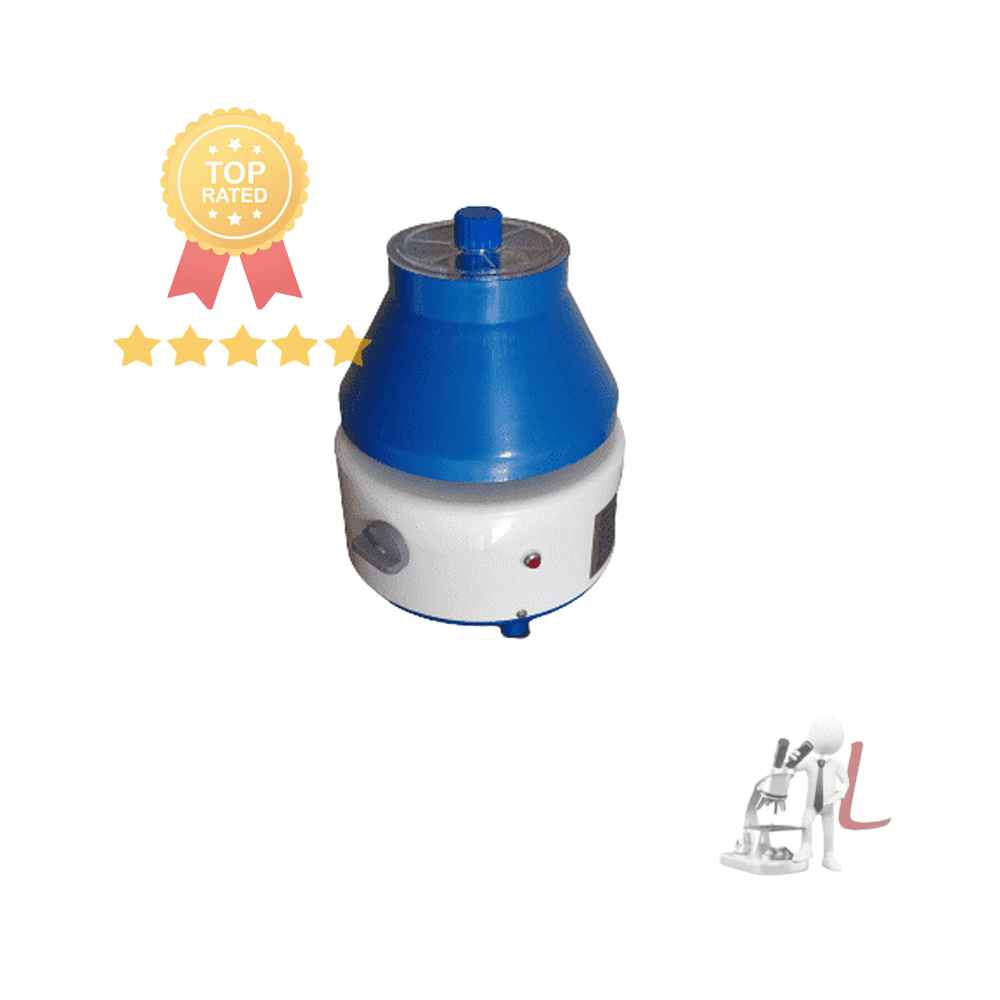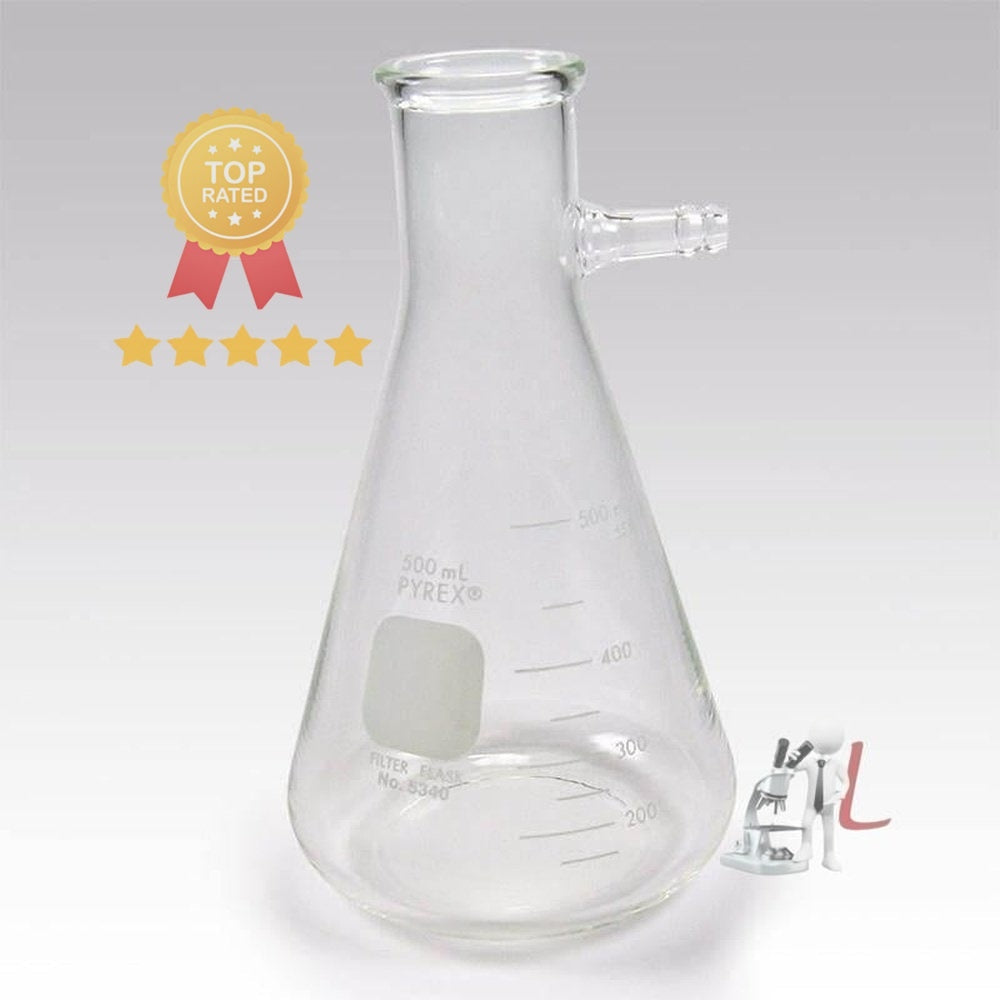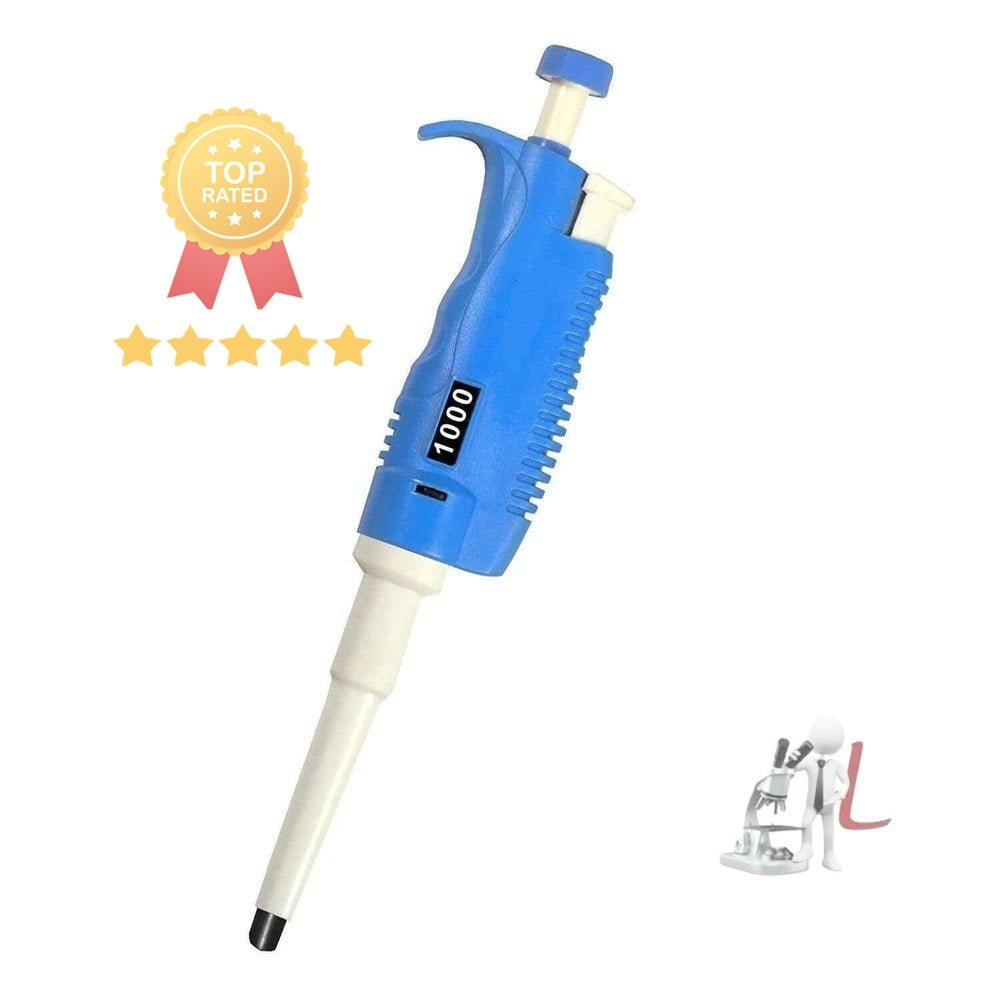Laboratory Equipment for Accurate Experiments
In the realm of scientific research, Laboratory Equipment for Accurate Experiments plays a pivotal role in ensuring that findings are reliable and valid. The precision and quality of laboratory equipment directly impact the results of any experiment or analysis. From basic instruments to advanced technology, having the right equipment is crucial for scientists, researchers, and students alike. In this comprehensive guide, we will explore various types of laboratory equipment, their functions, and how they contribute to achieving accurate results in experiments.
When we talk about Laboratory Equipment for Accurate Experiments, we must consider the foundational tools such as microscopes, balances, pipettes, and spectrophotometers. Each piece of equipment serves a specific purpose, and understanding these functions is essential for any laboratory-based work. For instance, microscopes allow researchers to observe tiny details in samples, making them fundamental in fields like biology and materials science. Balances, on the other hand, are critical for measuring substances with precision, which is vital in both quantitative analysis and when preparing chemical mixtures.
The accuracy of laboratory experiments also heavily relies on the calibration and maintenance of the equipment. Regular calibration ensures that the measurements taken with instruments are correct and reproducible. Most scientific equipment needs to be calibrated according to specific guidelines to provide reliable data. This aspect addresses one of the key requirements in laboratory work, which is the reproducibility of results. It is a well-known fact that consistent application of techniques and proper use of tools significantly enhances the reliability of experimental outcomes.
Besides basic laboratory instruments, the incorporation of advanced technologies facilitates deeper insight into complex phenomena. For example, advanced chromatography systems enable separation and analysis of mixtures with outstanding precision. These systems make it possible to obtain qualitative and quantitative data that is critical in pharmaceuticals, environmental science, and many other research areas. Furthermore, the role of computerized data collection tools and software cannot be overlooked. They enhance the speed and precision of data analysis, allowing researchers to focus on interpretation rather than manual calculations.
In addition to measuring instruments, the importance of safety equipment in laboratories must not be neglected. Items such as safety goggles, gloves, and lab coats are essential for protecting individuals from hazardous substances present during experiments. Safety should always be a top priority in any laboratory setting, as many experiments involve volatile chemicals or biological samples that can pose risks to health.
Furthermore, laboratory furniture such as workbenches, storage cabinets, and fume hoods contribute significantly to the functionality of the workspace. Ergonomically designed workstations not only improve comfort but also enhance productivity, allowing researchers to work efficiently without adding unnecessary strain. Fume hoods are particularly crucial as they help in venting out harmful vapors, thus providing a safer working environment.
As we delve deeper into the world of laboratory equipment, it is essential to highlight the necessity of proper training and familiarization with each tool. Understanding how to use the equipment correctly is just as important as the equipment itself. Knowledgeable use leads to fewer errors in data collection and analysis, which ultimately contributes to the success of experiments.
Moreover, collaboration between labs should be encouraged to share resources and equipment. Many laboratories, especially in educational institutions, may not have access to every type of equipment needed for specific experiments. Collaborating with other facilities can enhance research capabilities and provide a more comprehensive educational experience.
The evolution of laboratory equipment also emphasizes the importance of innovation in science. New materials and technologies are continuously being developed to enhance accuracy, reduce costs, and improve the ease of use. For example, the advent of 3D printing technology has opened new avenues for creating custom lab apparatus that meets specific experimental needs.
In conclusion, Laboratory Equipment for Accurate Experiments is a multifaceted topic that encompasses a variety of instruments, technologies, and practices essential for the successful conduct of scientific research. Each type of equipment, from basic hand tools to advanced analytical instruments, plays a fundamental role in ensuring that experiments yield valid and trustworthy results. By investing in high-quality instruments, maintaining them regularly, ensuring safety, and fostering an environment of continuous learning and collaboration, laboratories can significantly enhance their research endeavours. The future of scientific exploration relies on the continuous advancement of laboratory equipment and the trained professionals who utilize them.
Filter
Sort by

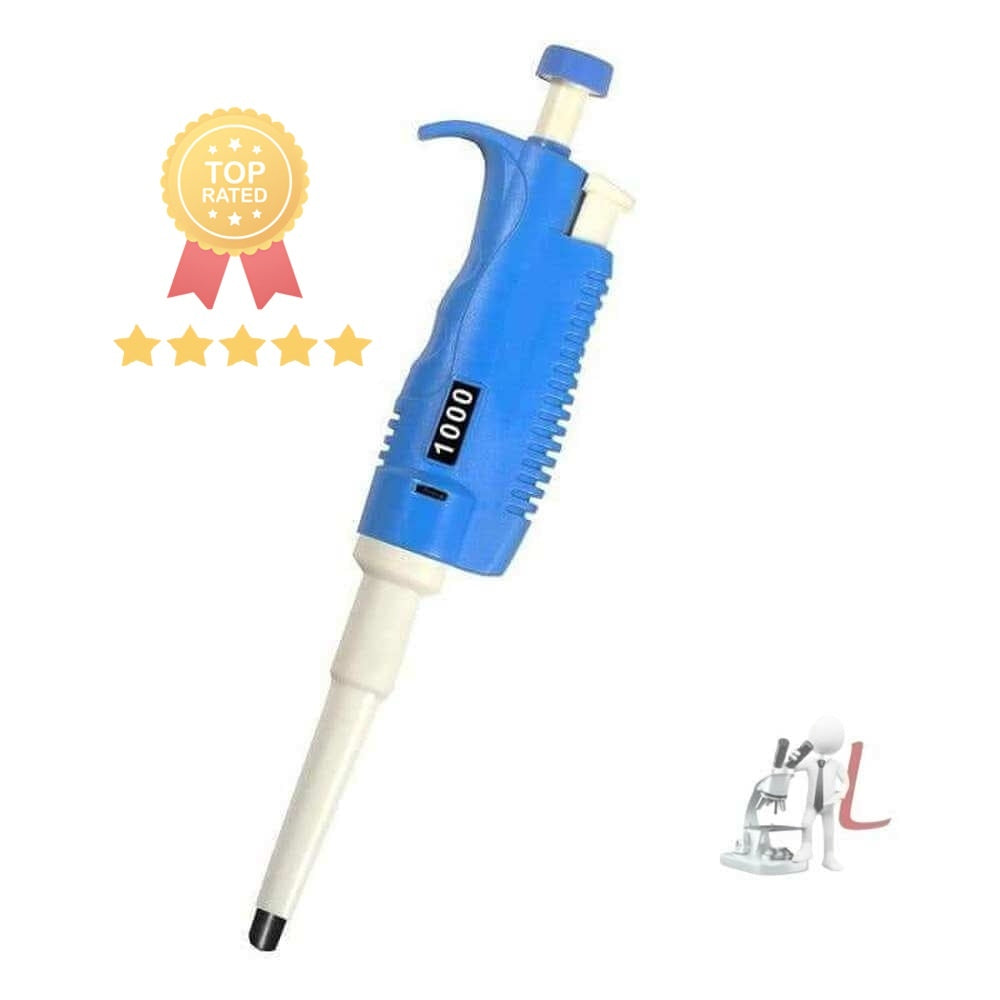
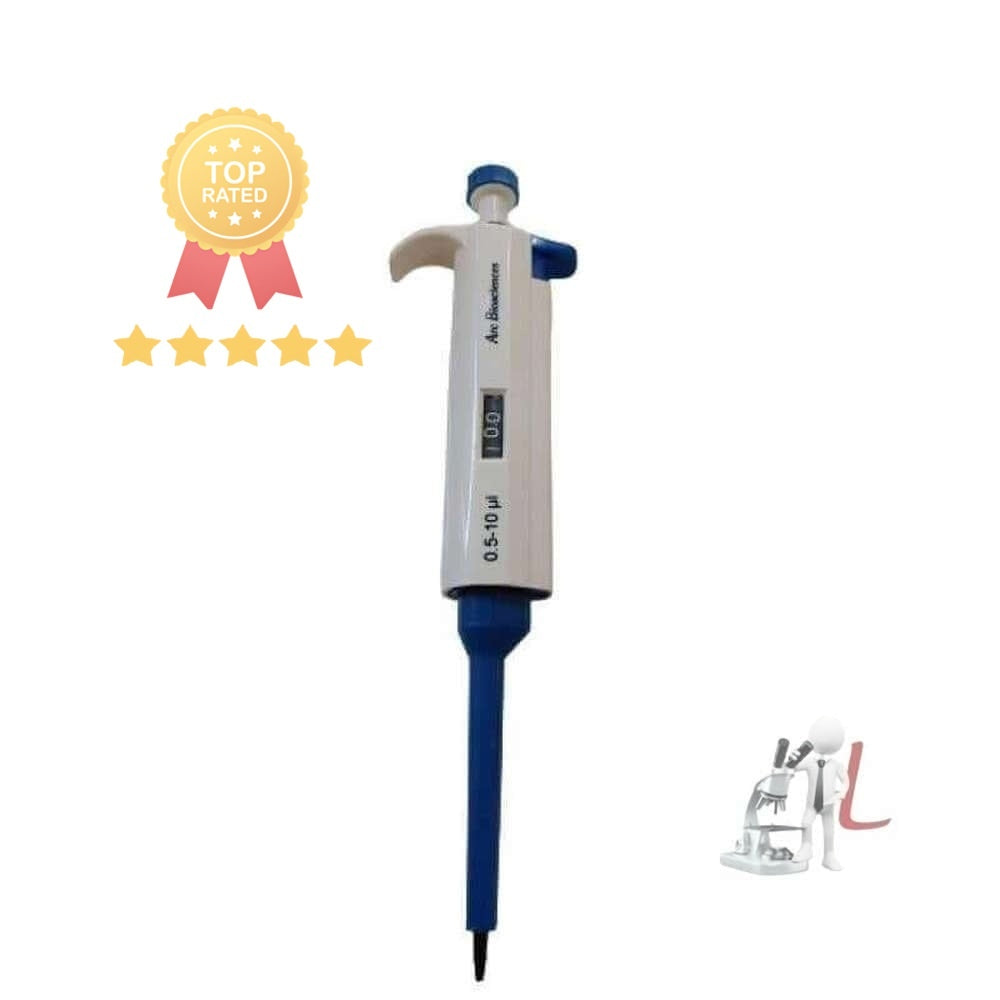
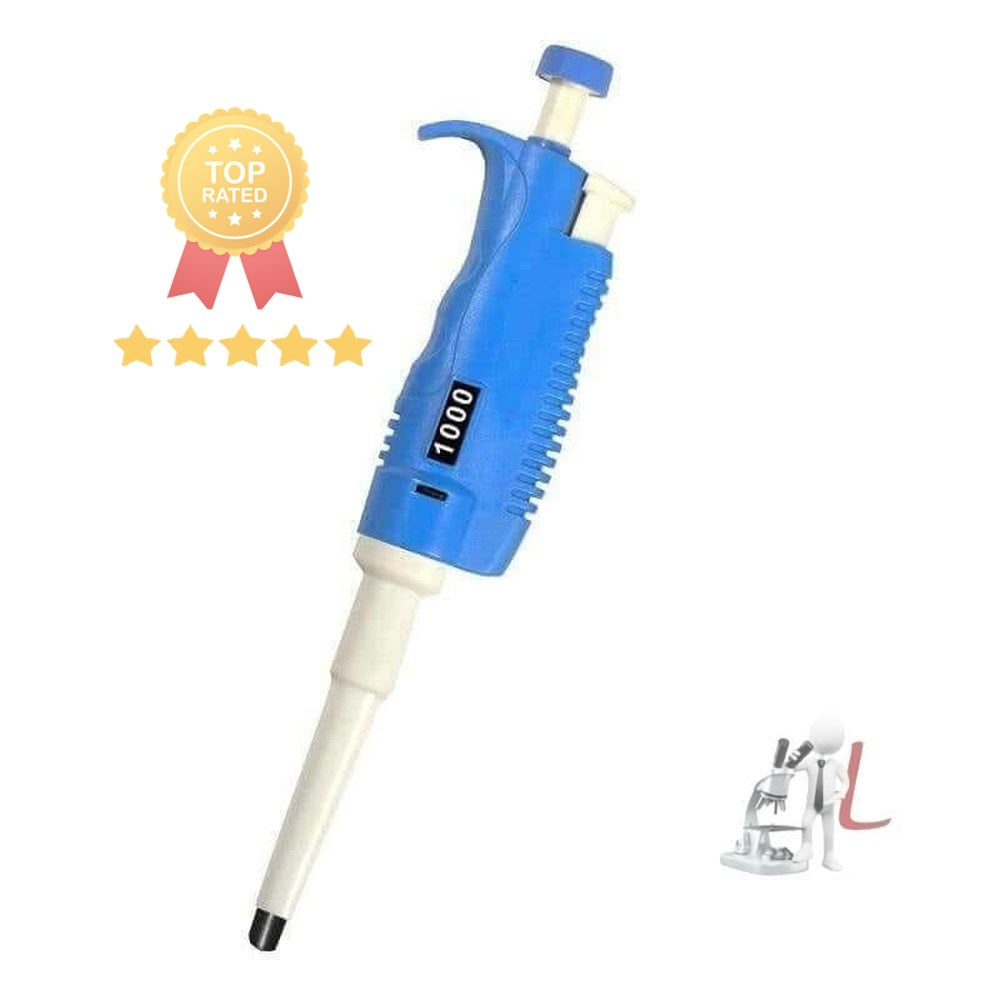
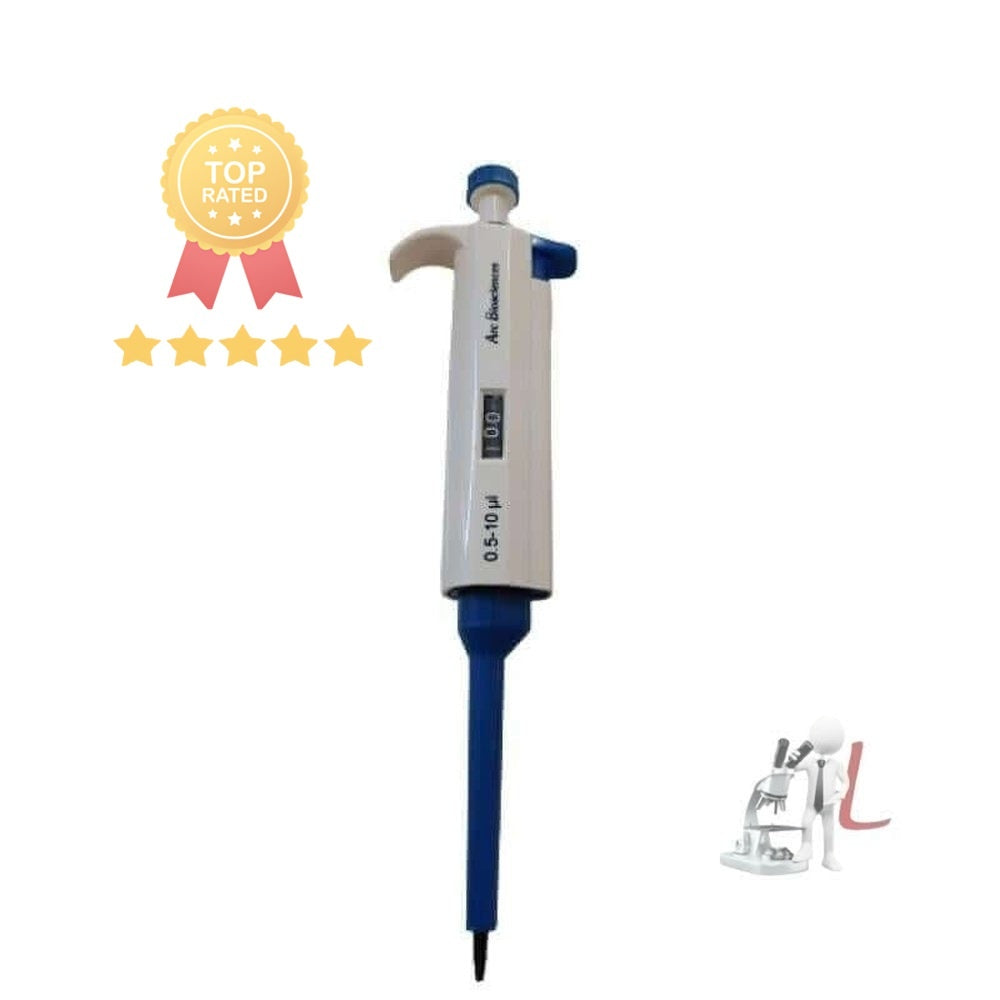
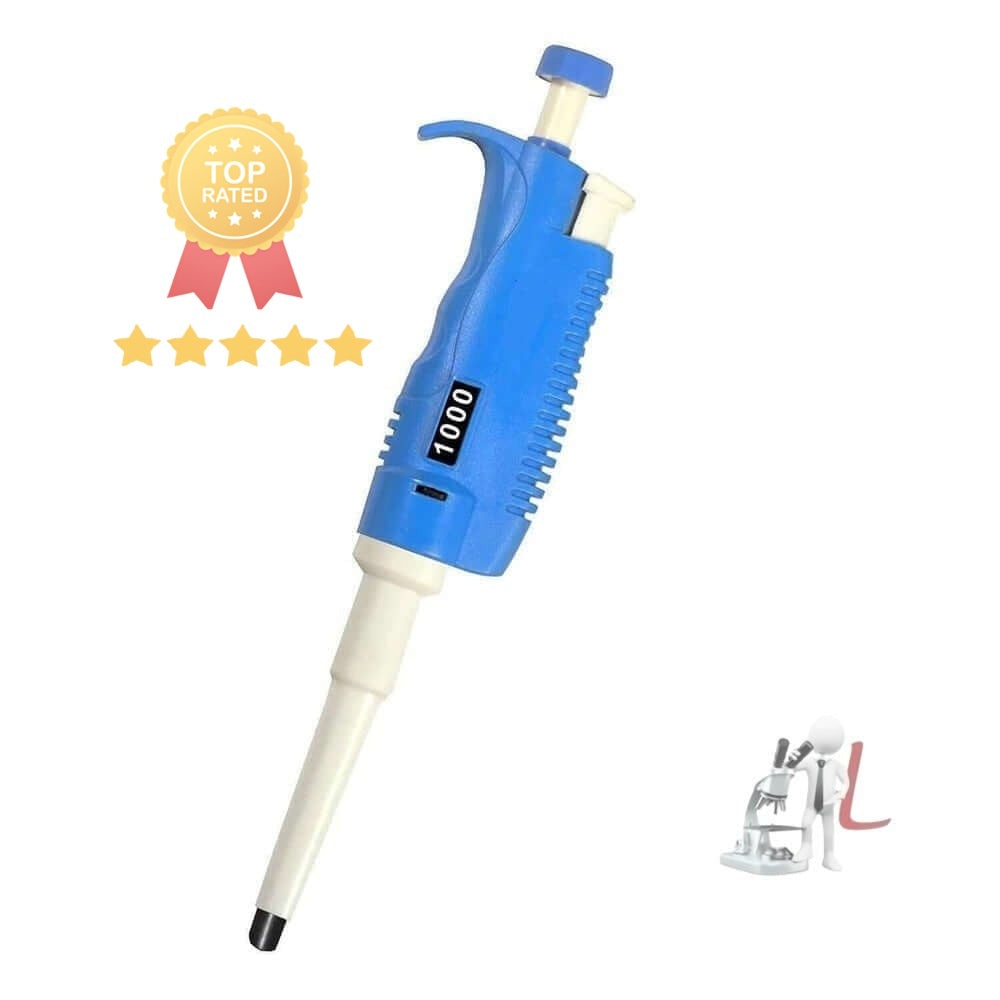
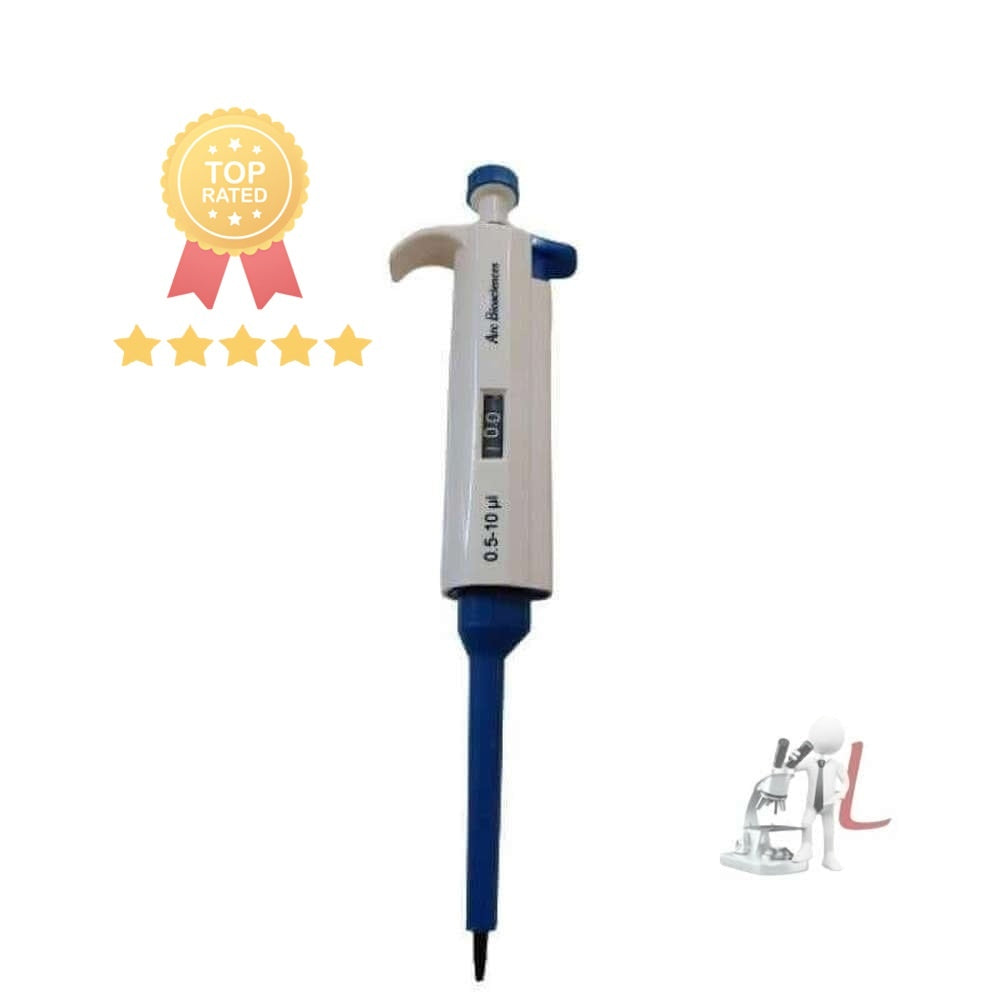
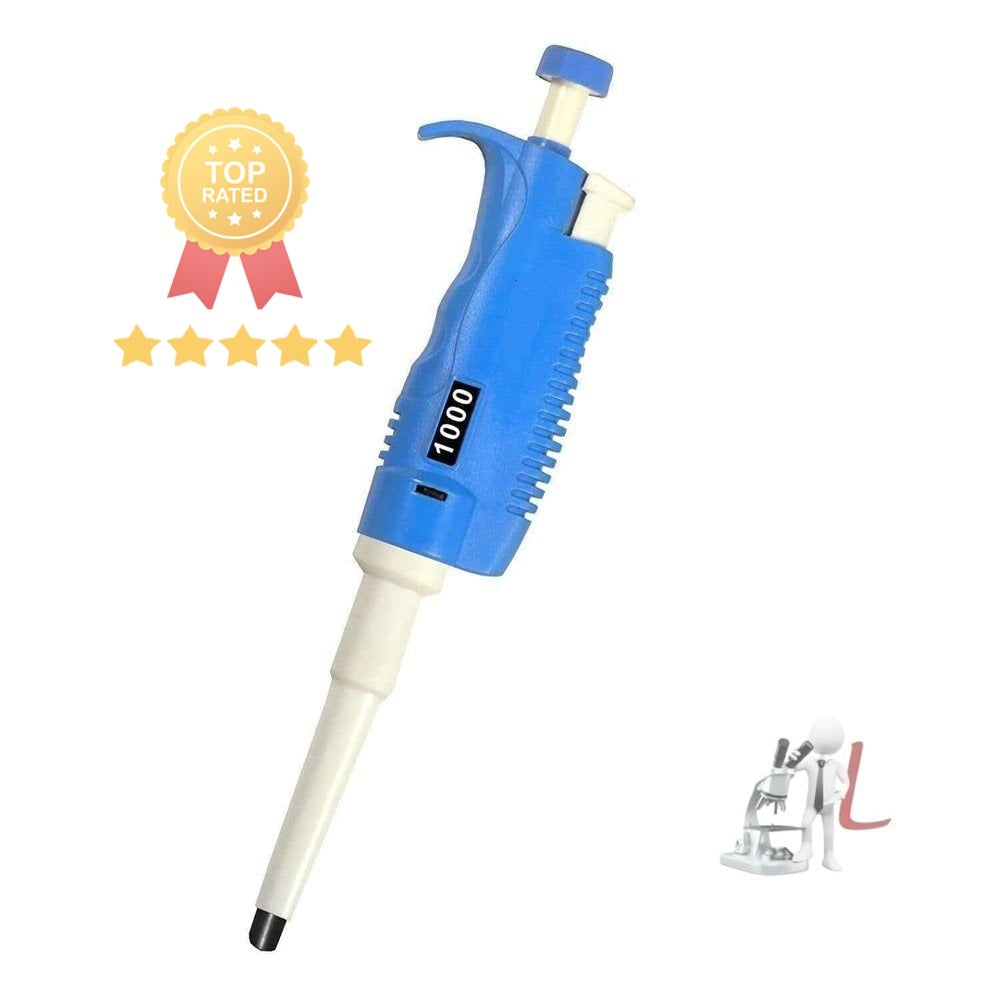

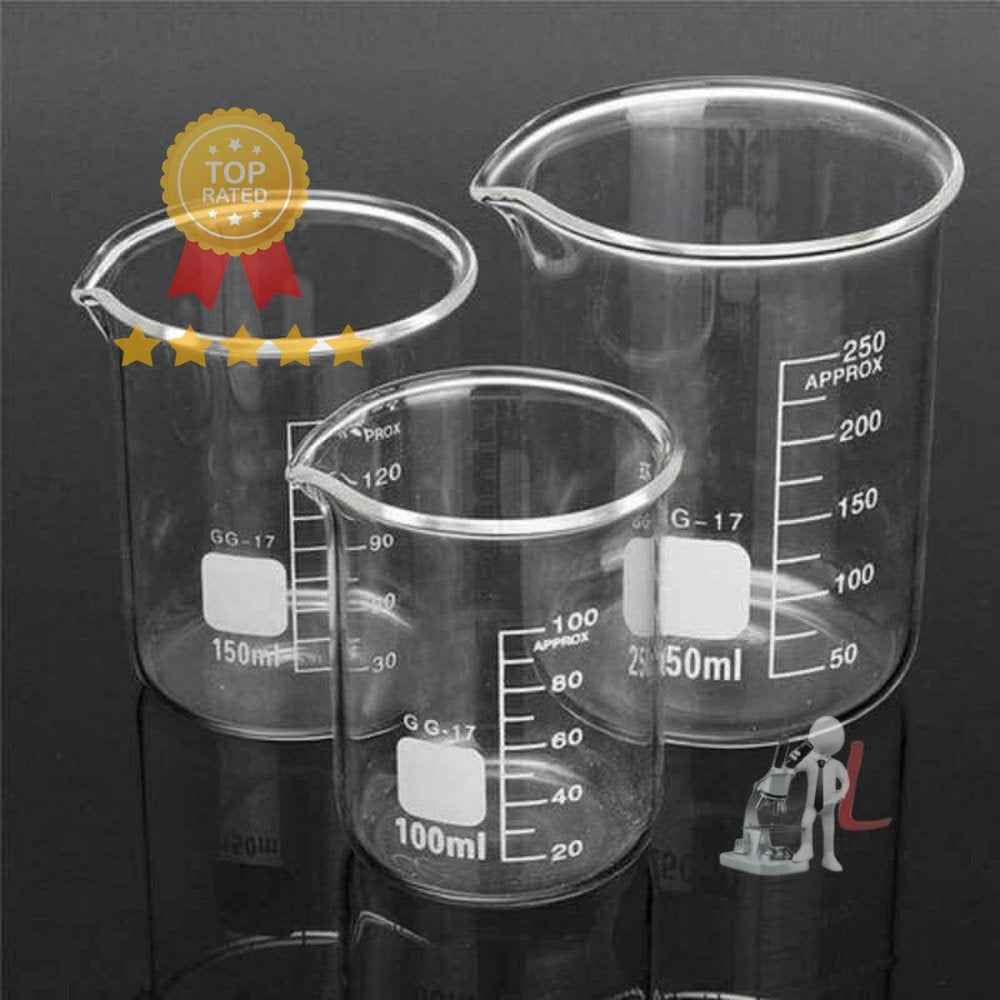

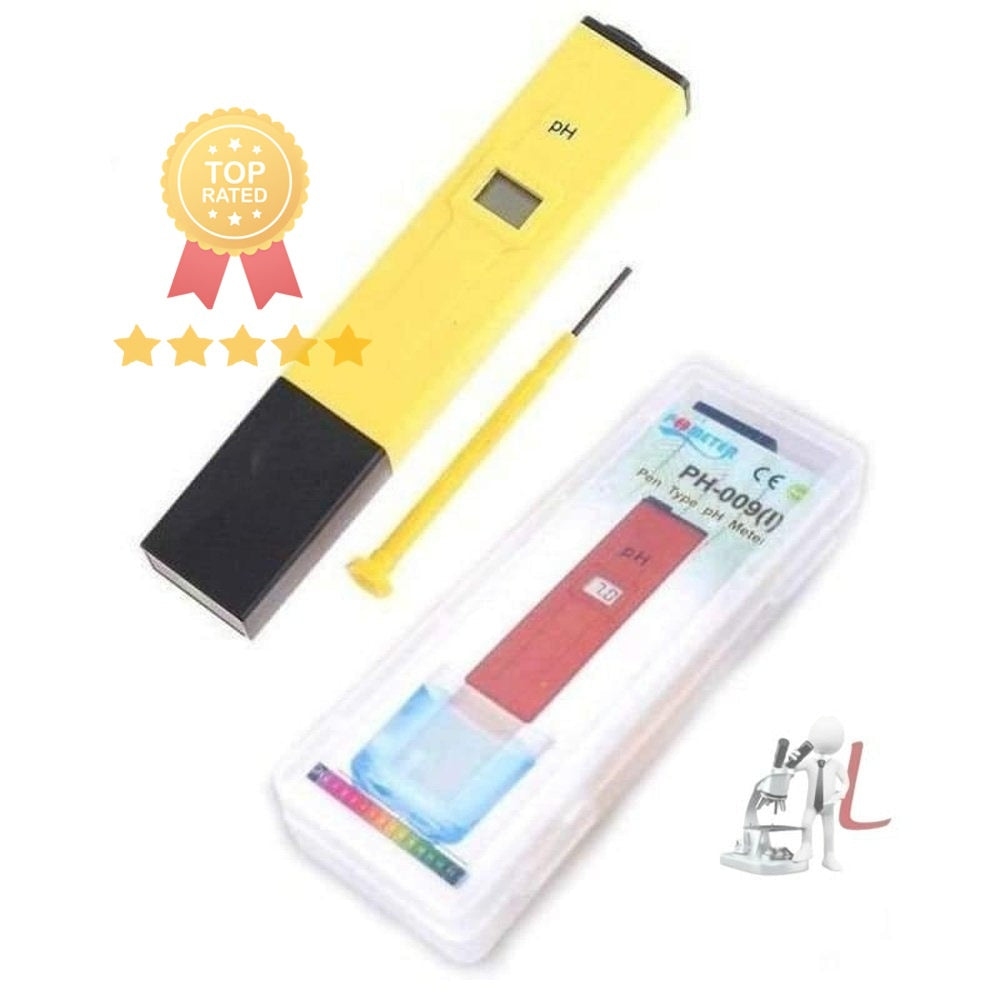
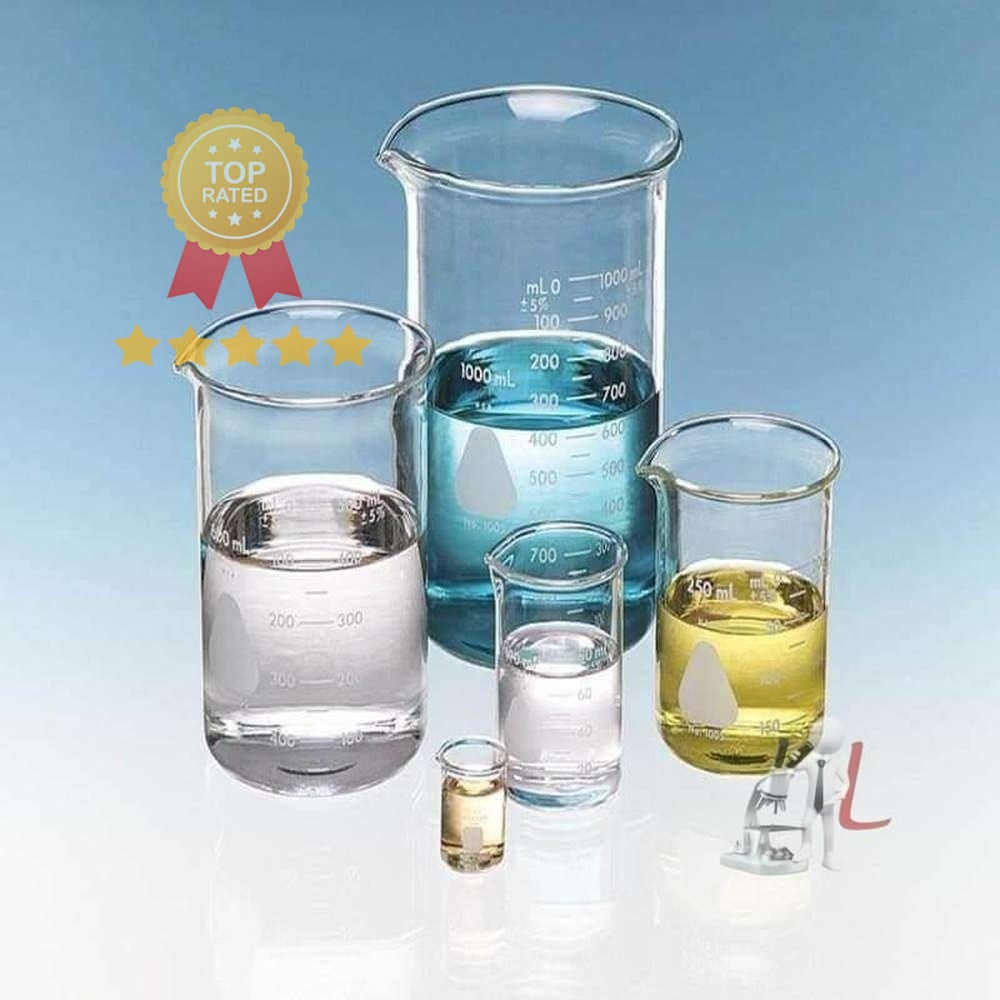
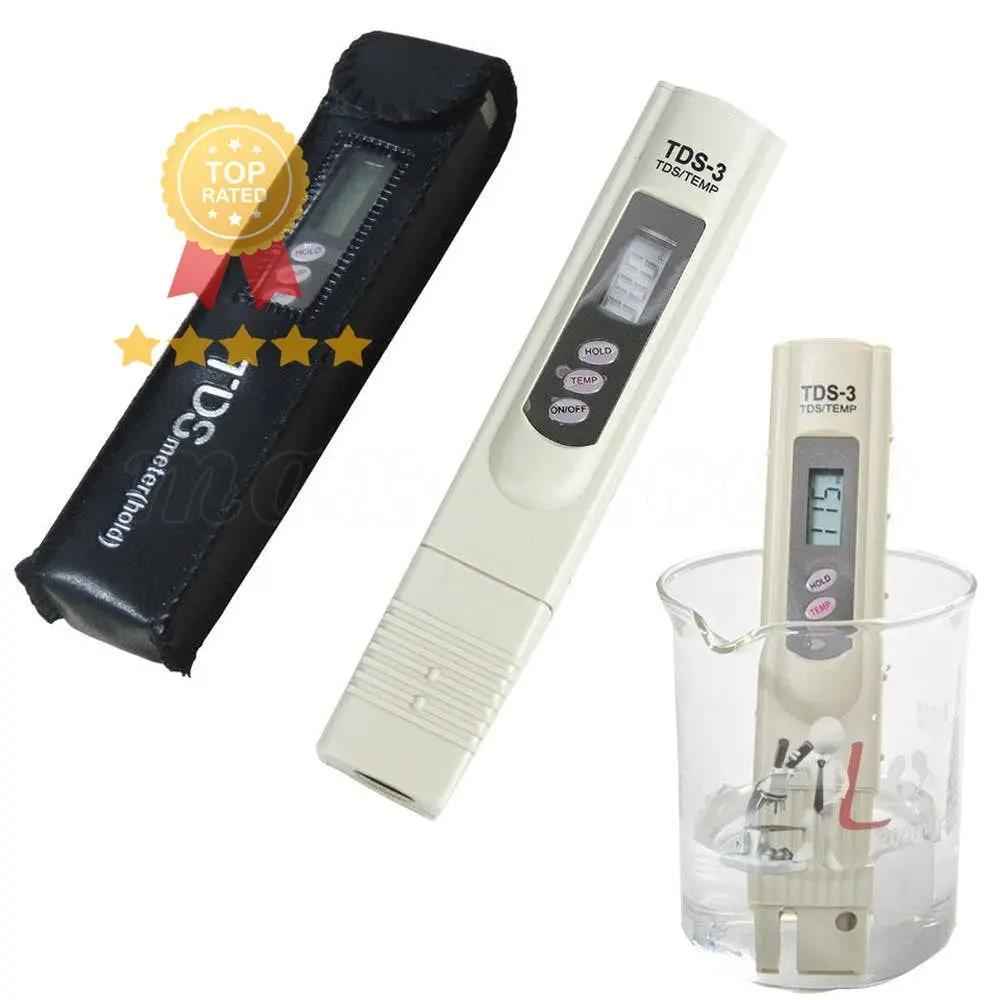

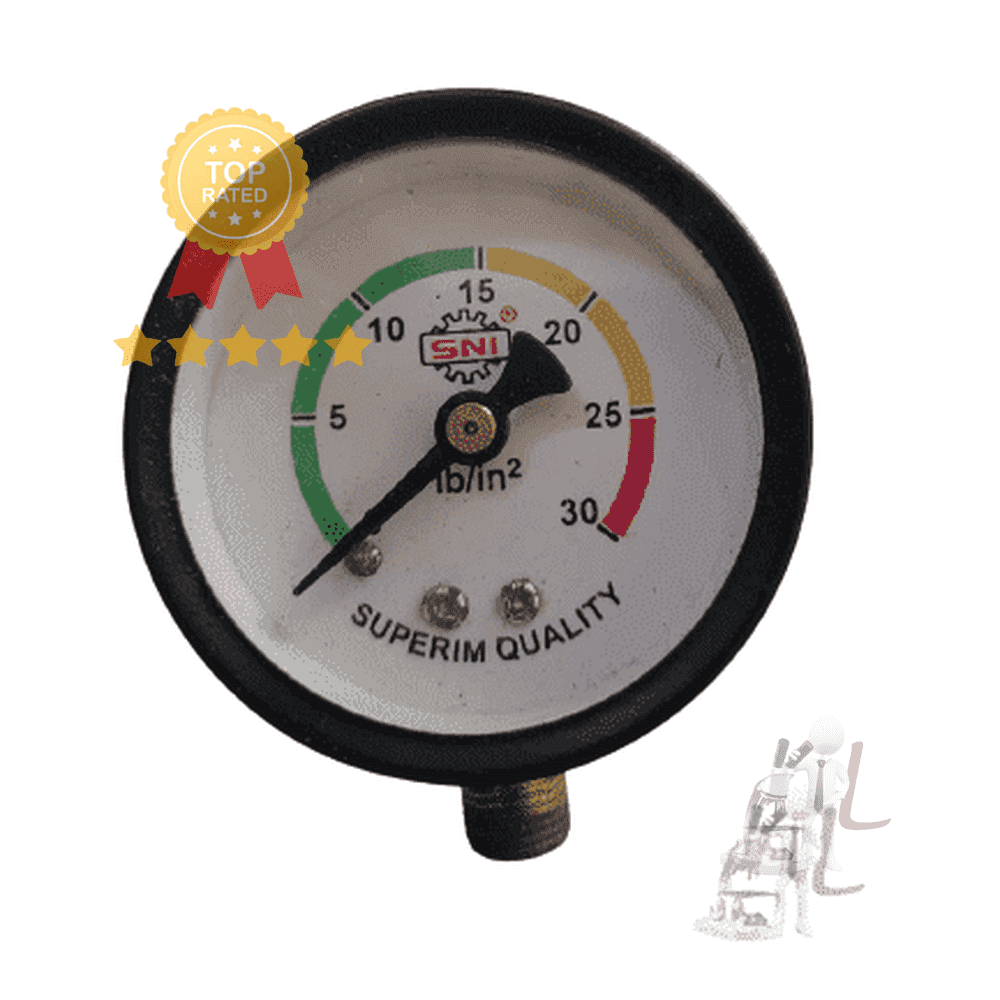
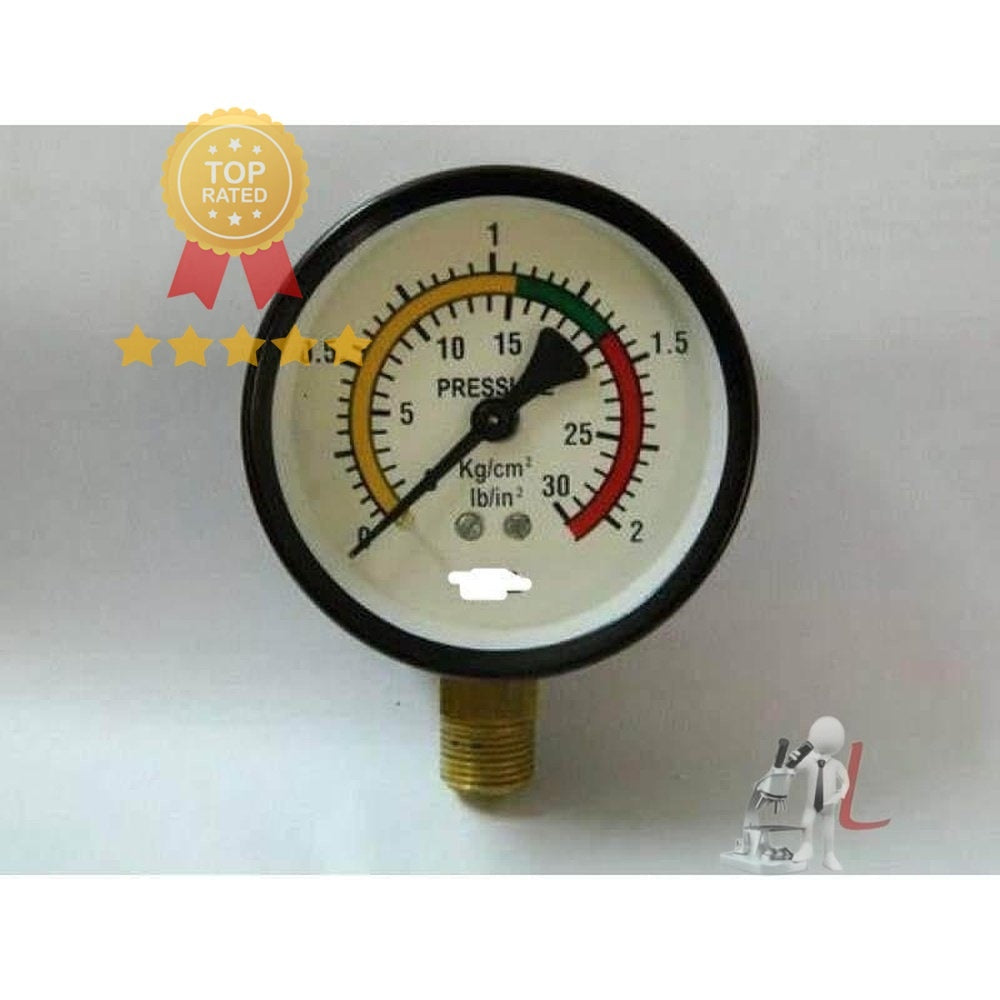
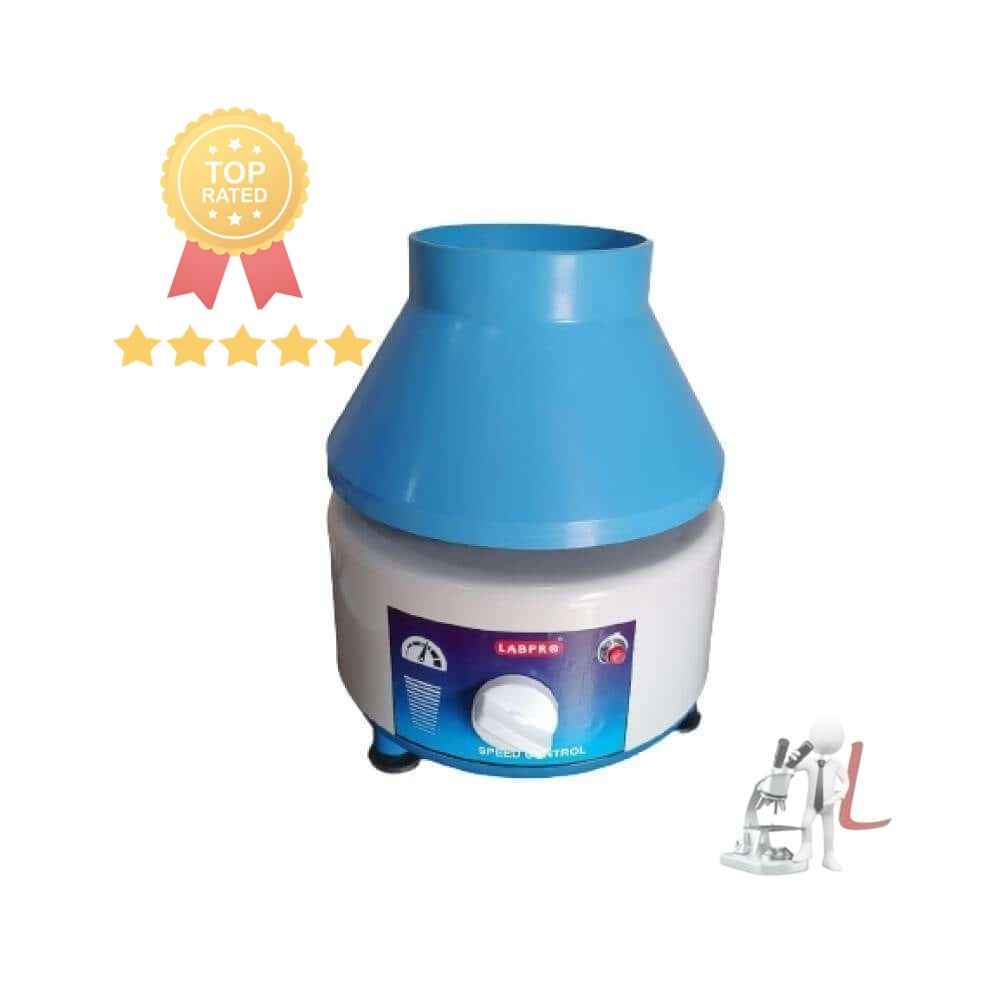
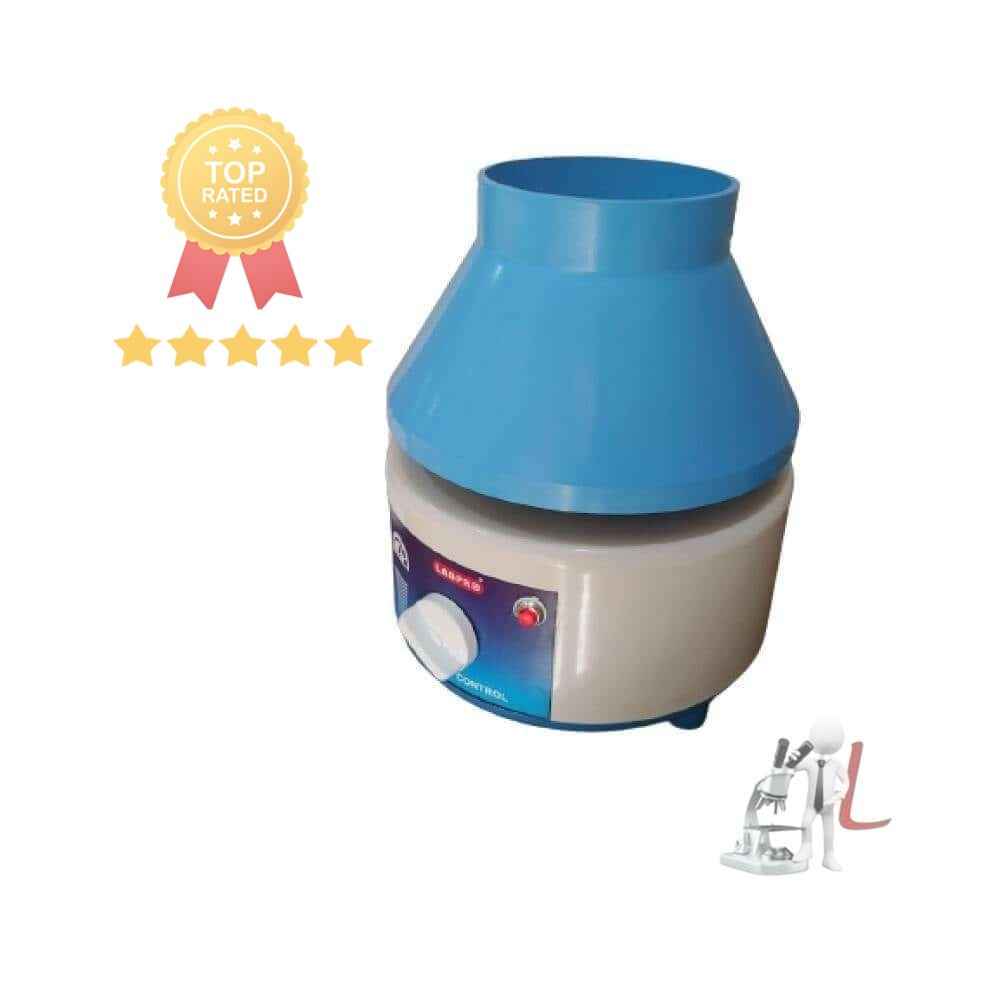

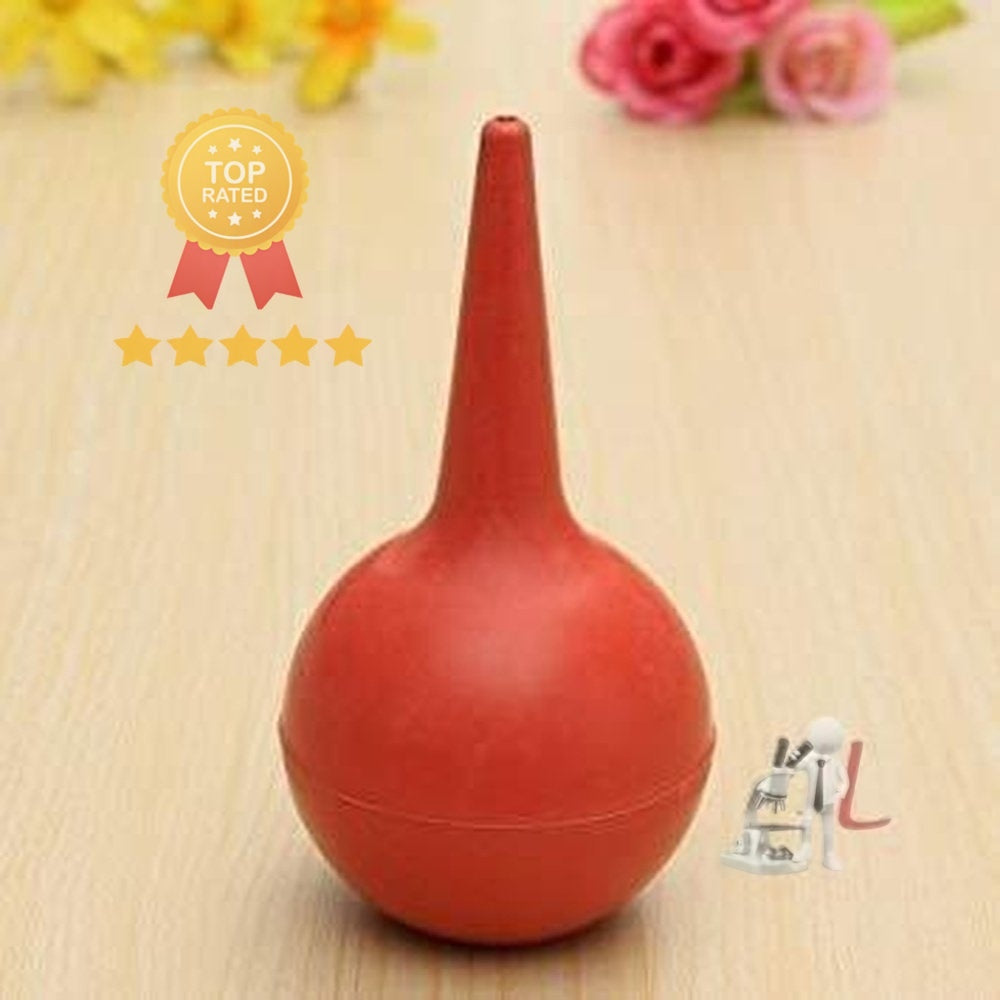
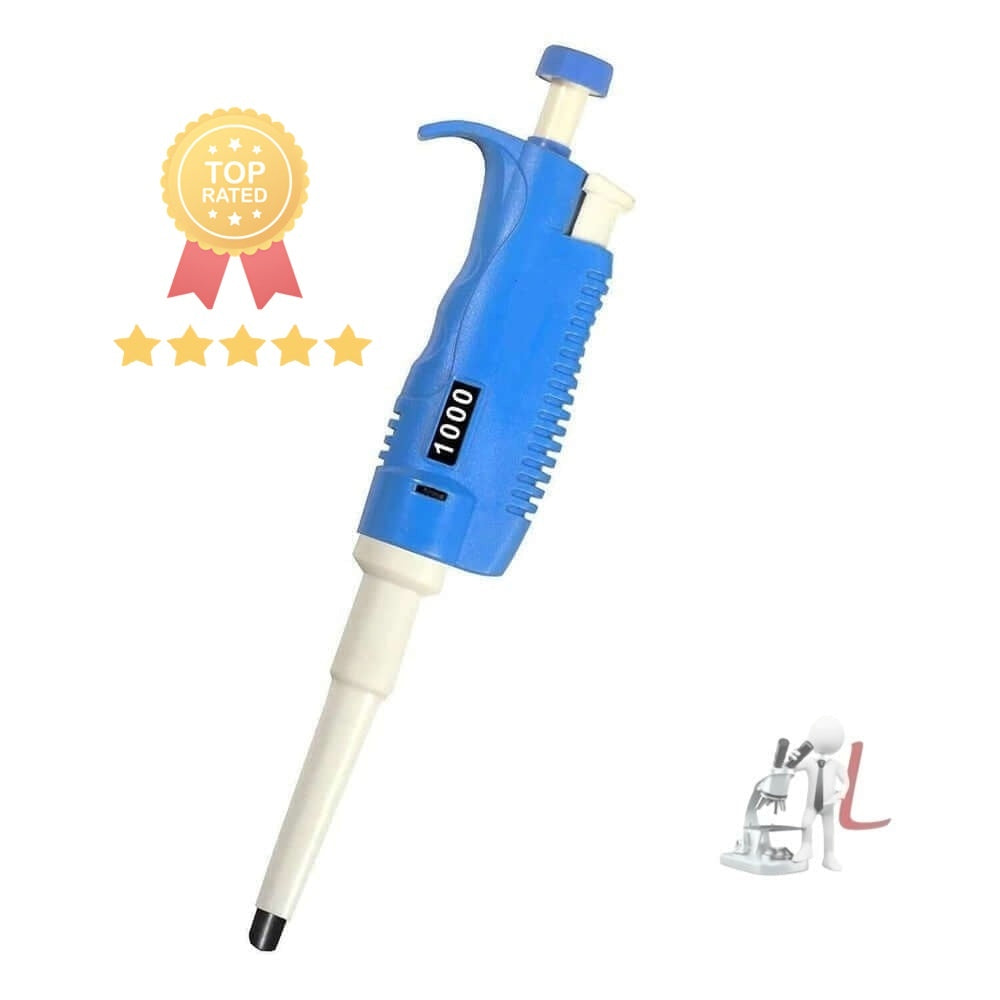



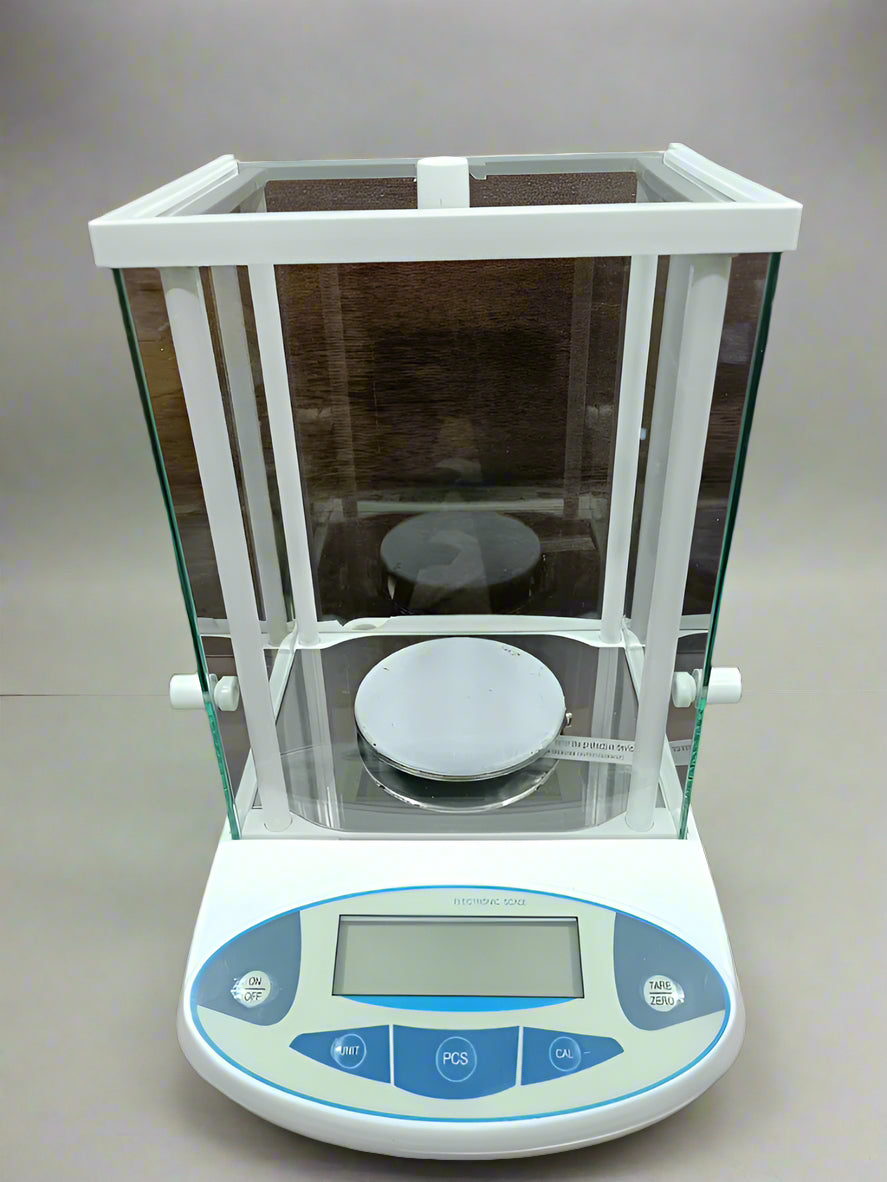

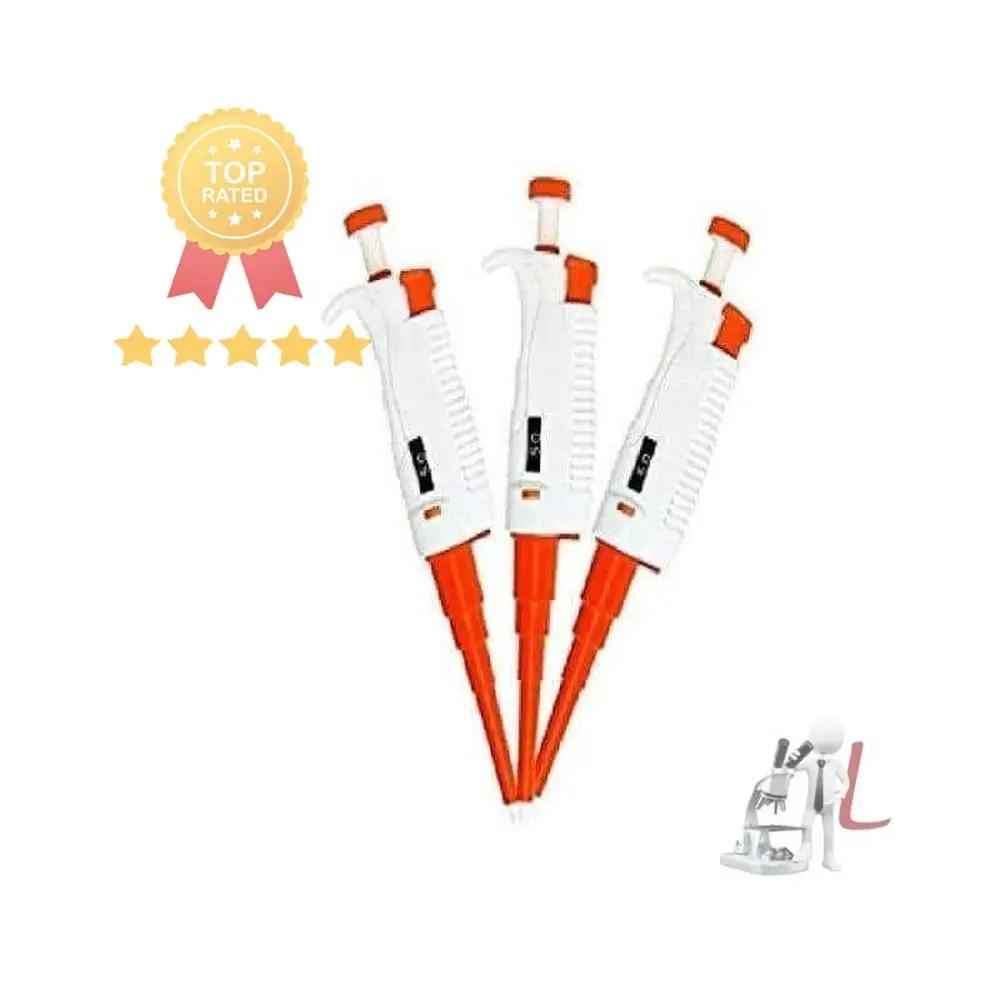
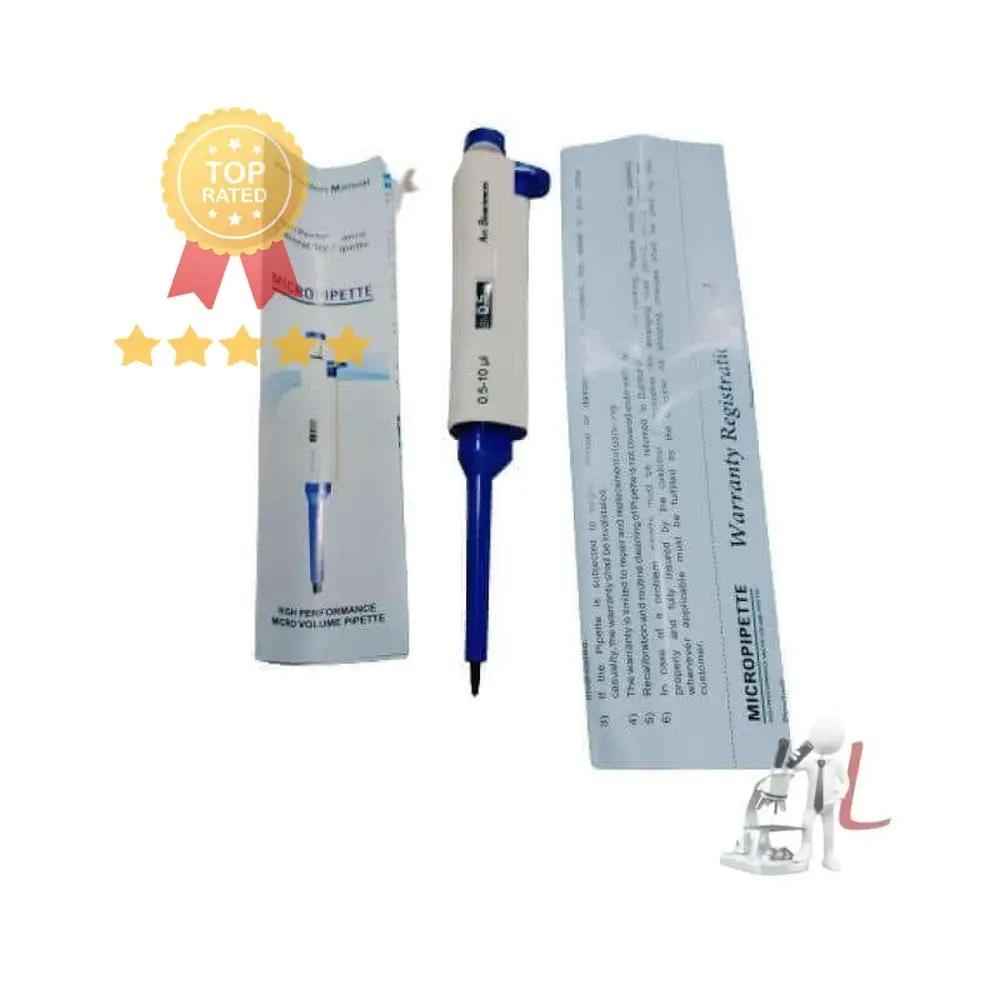
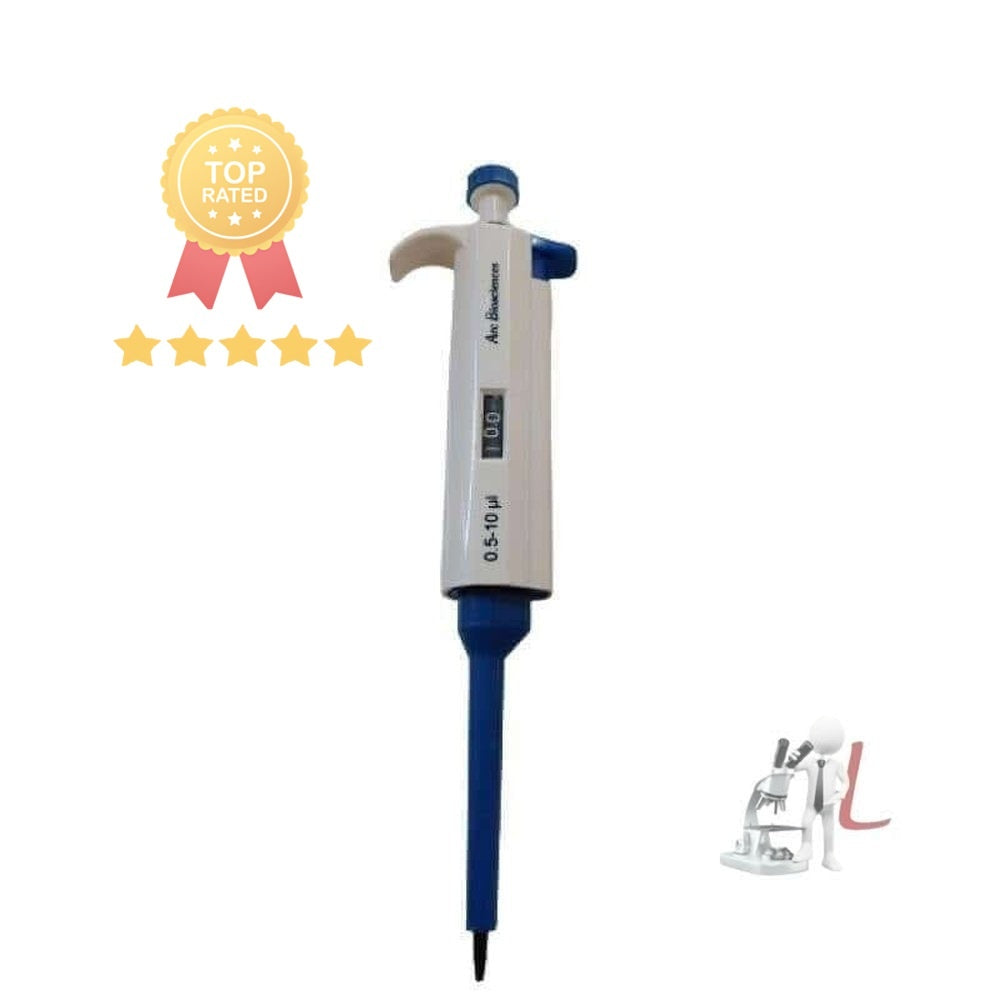

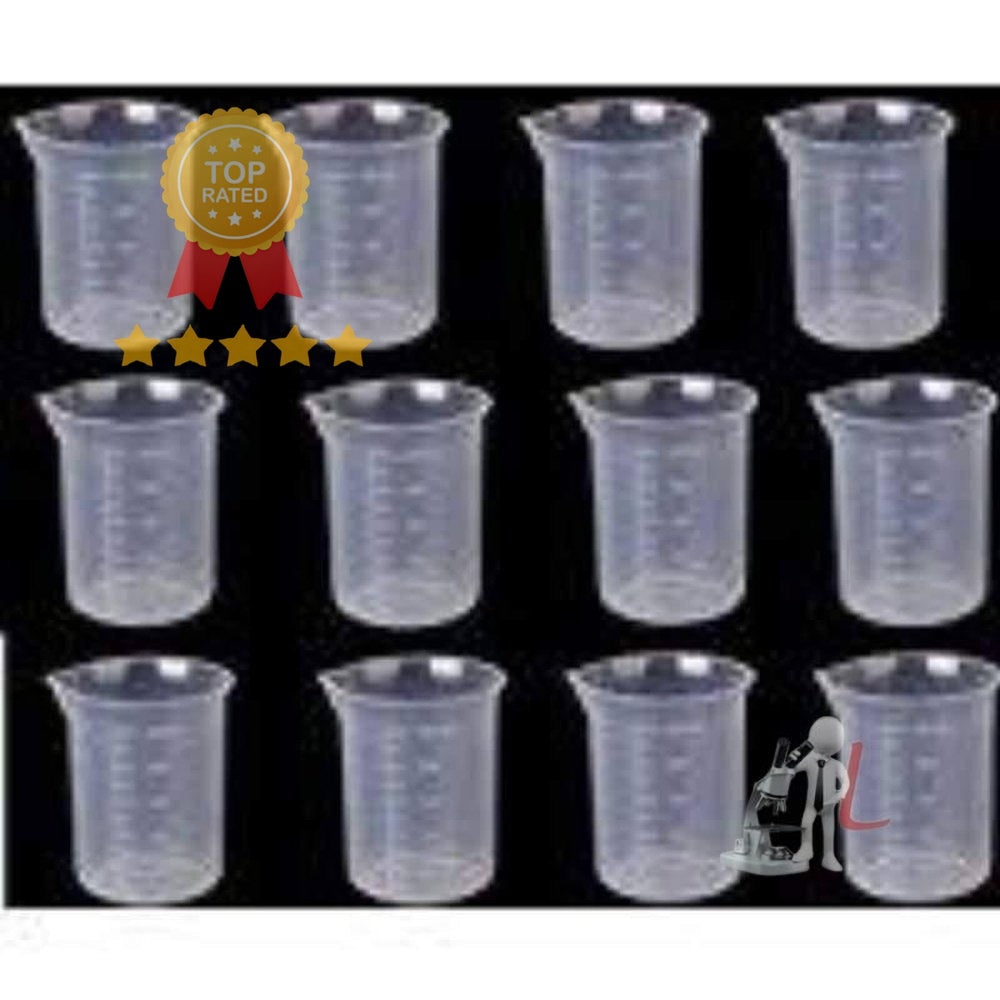
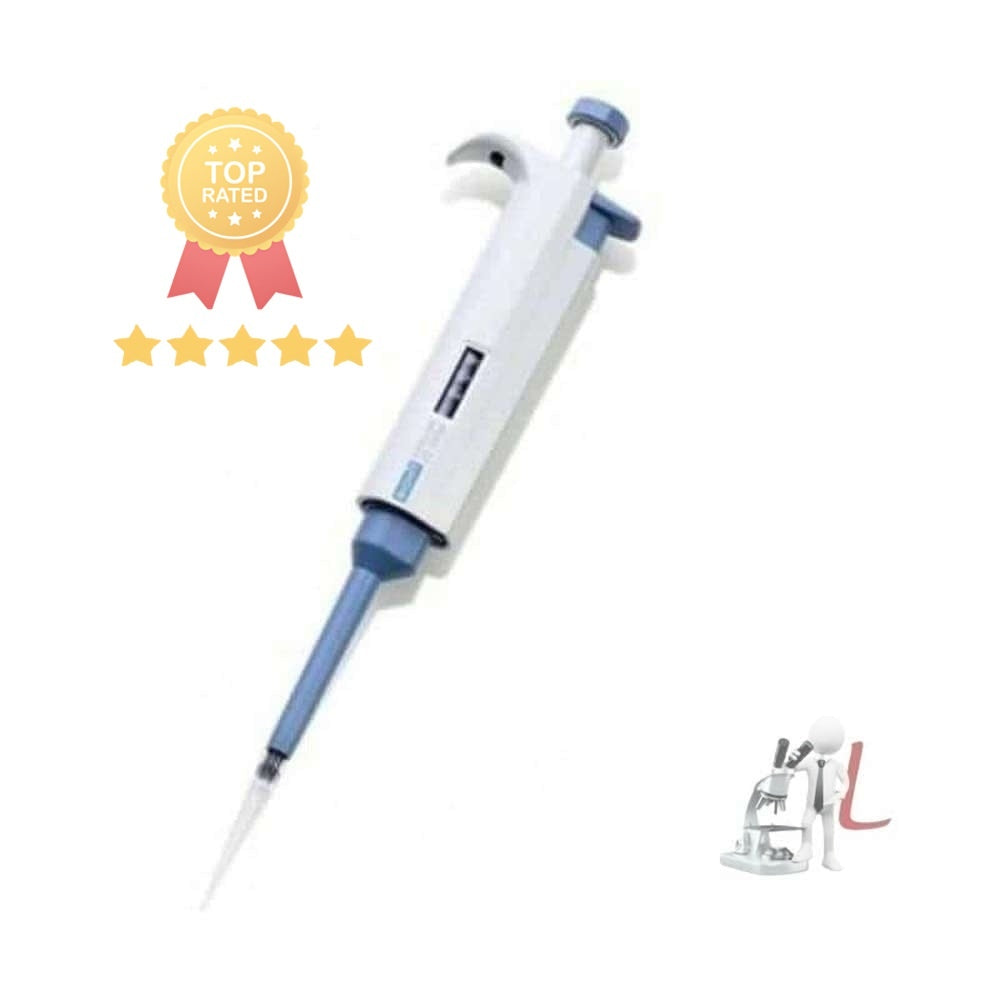
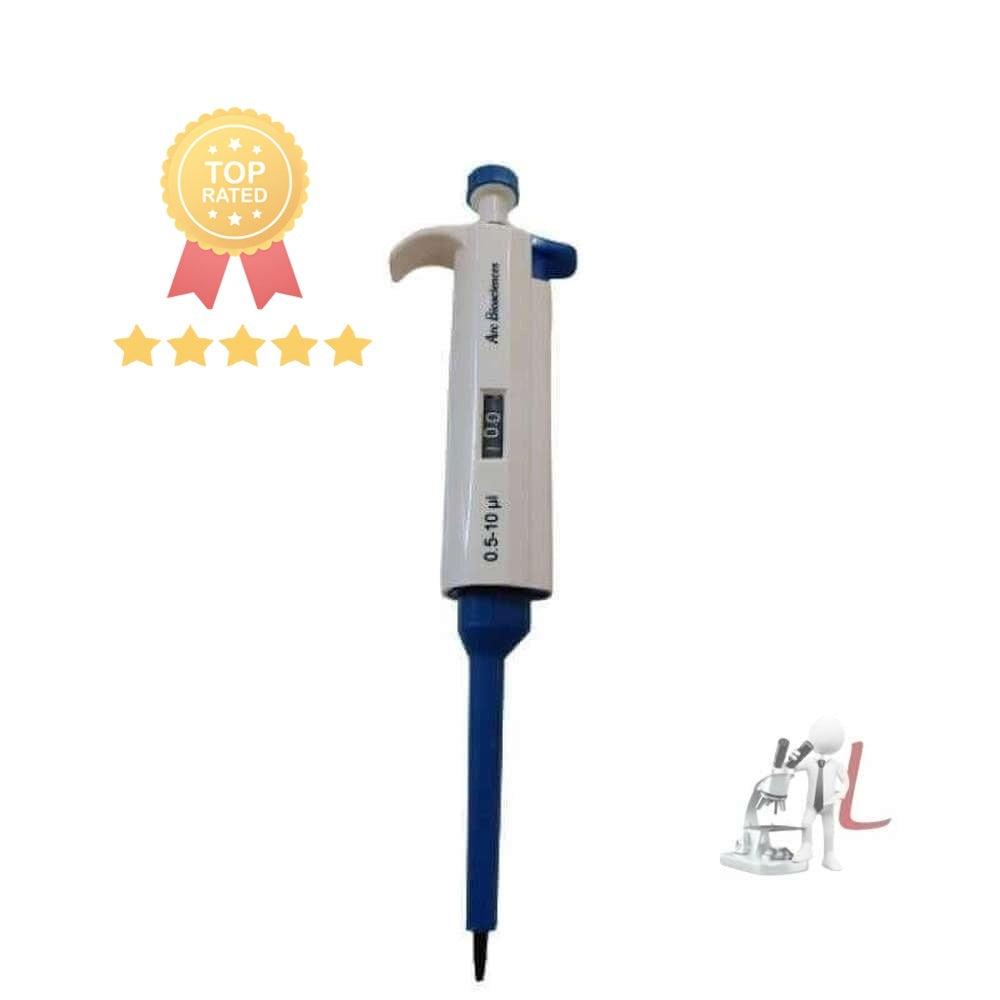
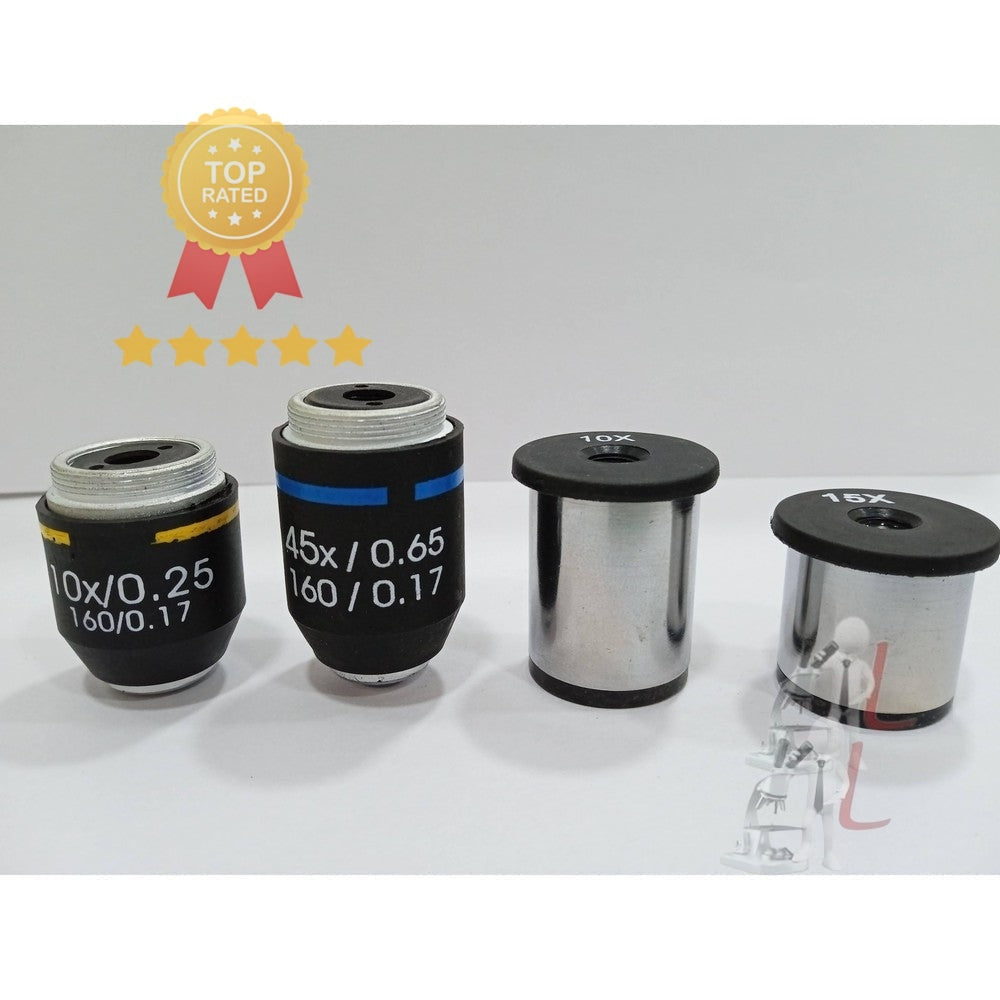
![Borosilicate Glass Beaker 50ml,100ml, 250ml, 500ml,[Combo of 4 Beakers] - Laboratorydeal](http://www.laboratorydeal.com/cdn/shop/products/Borosilicate-Glass-Beaker-50ml-100ml-250ml-500ml-C-0.jpg?v=1737125909&width=1000)
